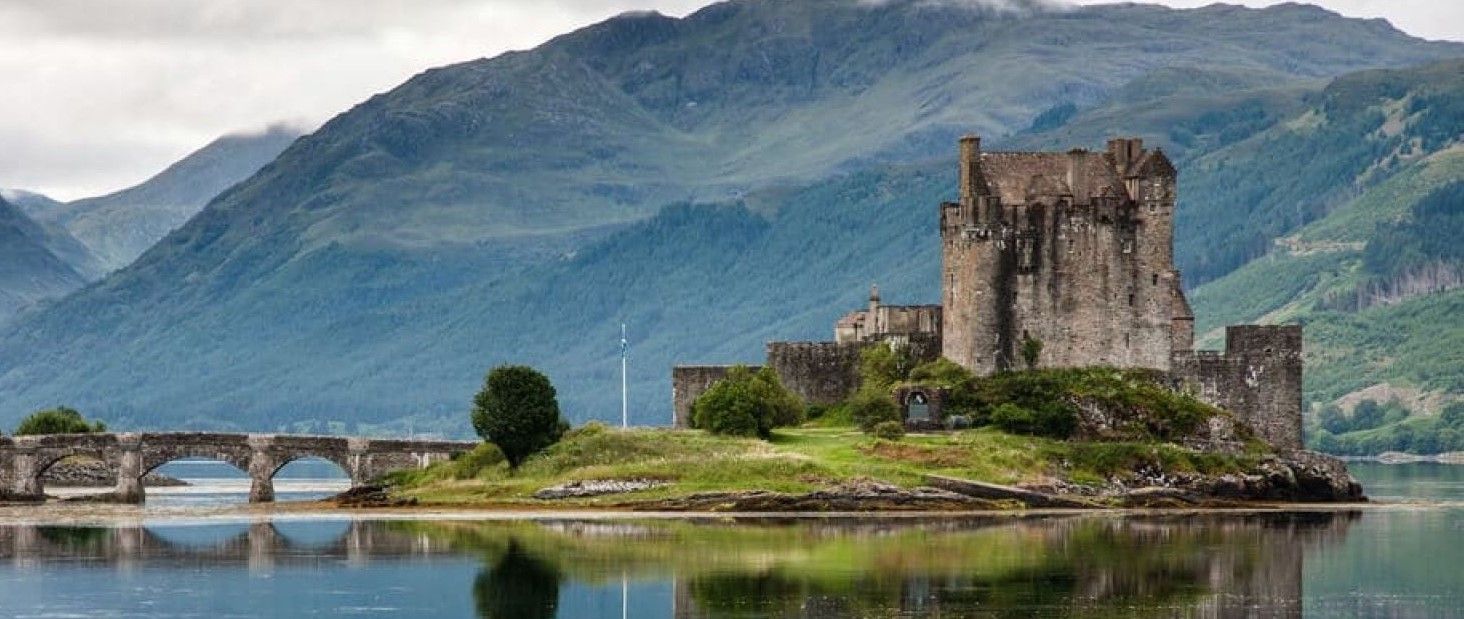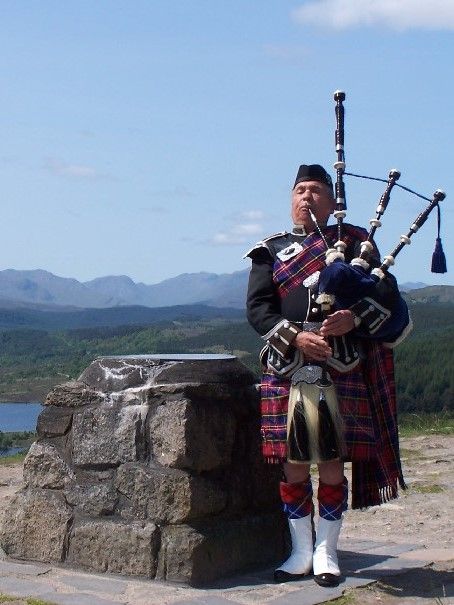BLOG 16: Leaving Scotland / Crossing England & The Channel
Tihchhuah a ni: 03.07.2023
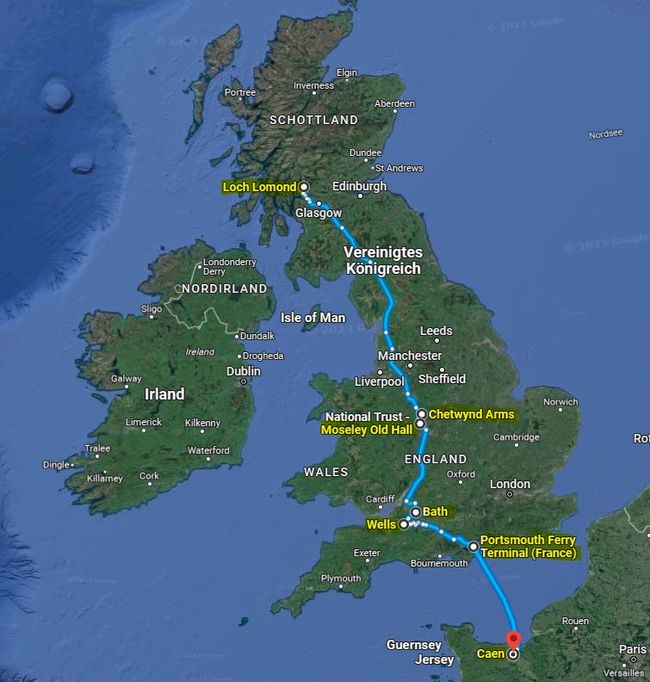
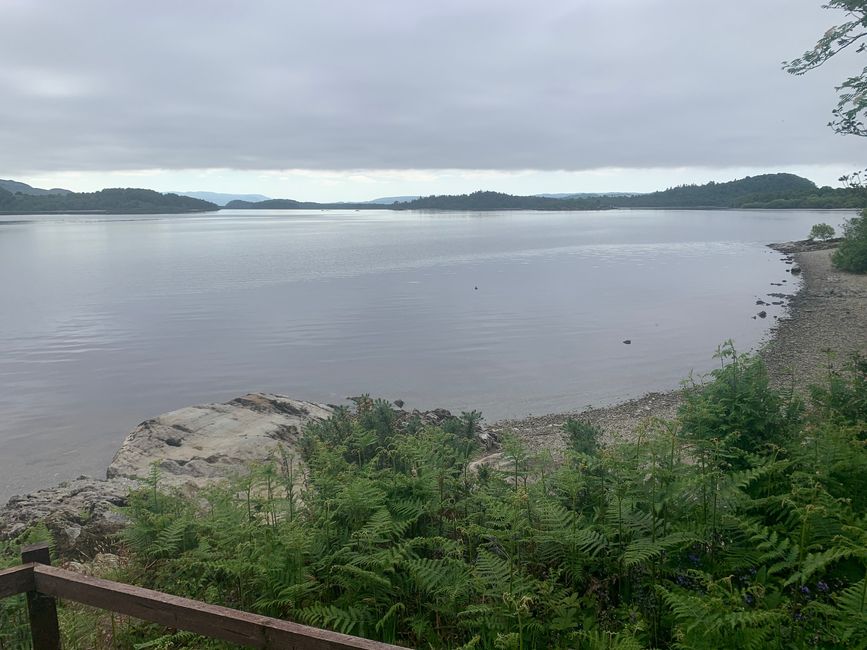
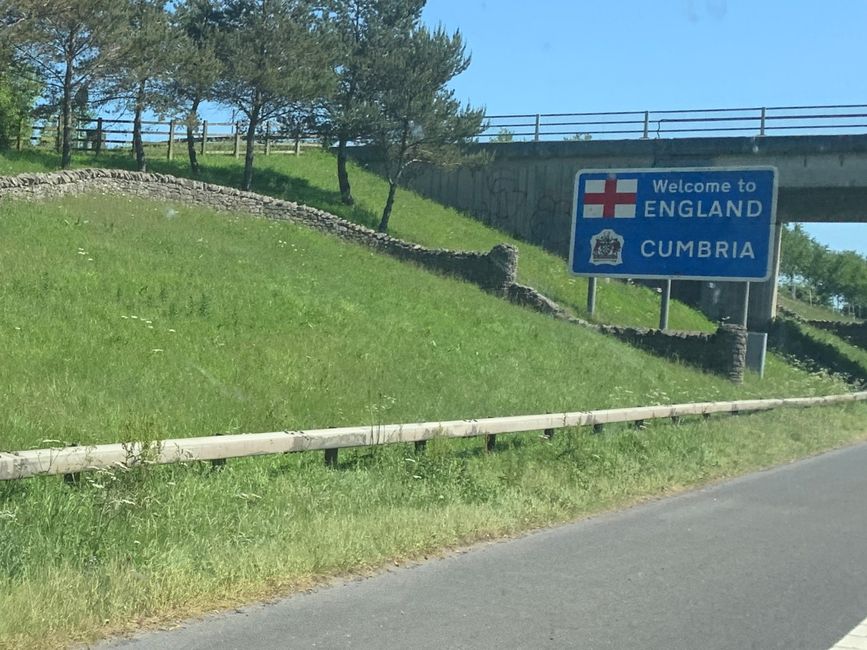
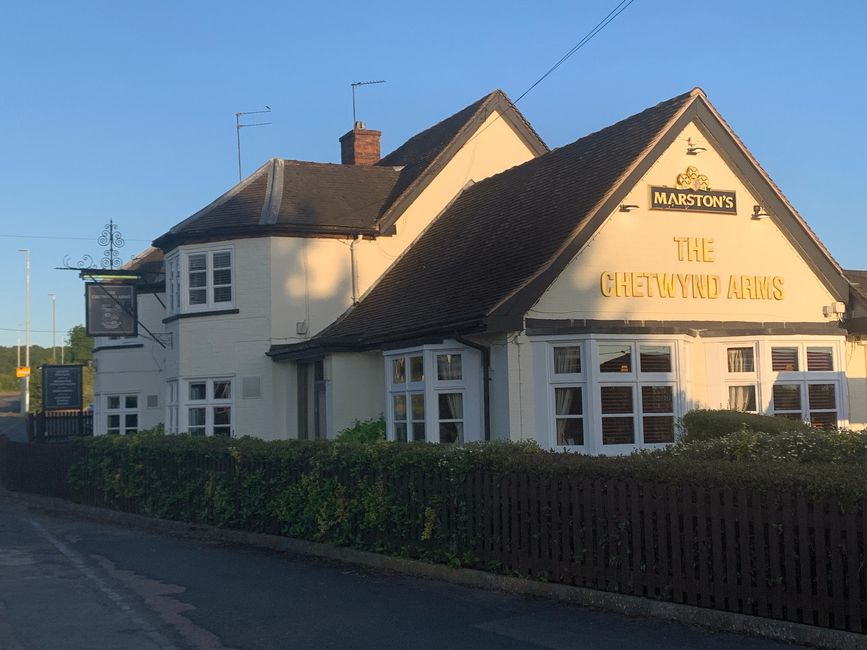
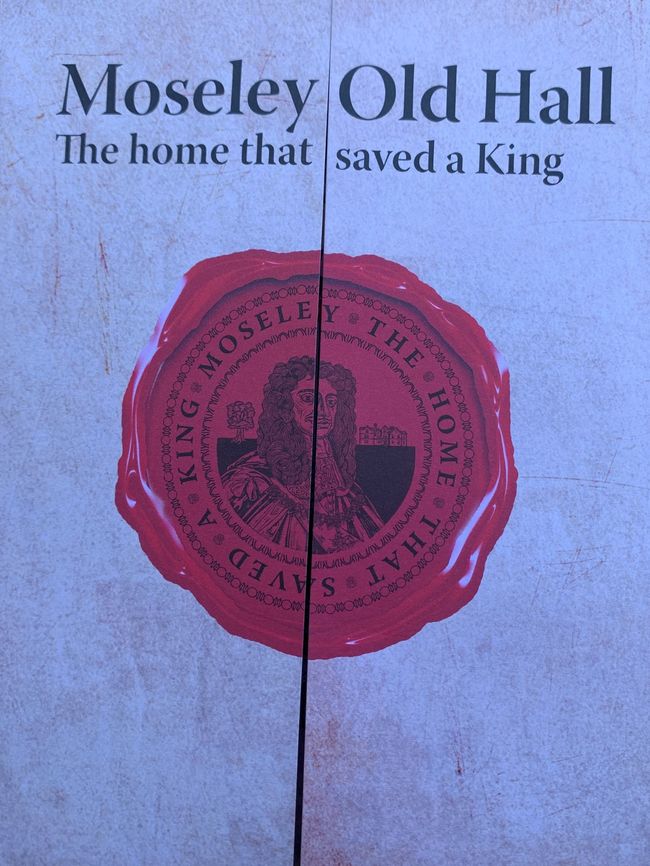
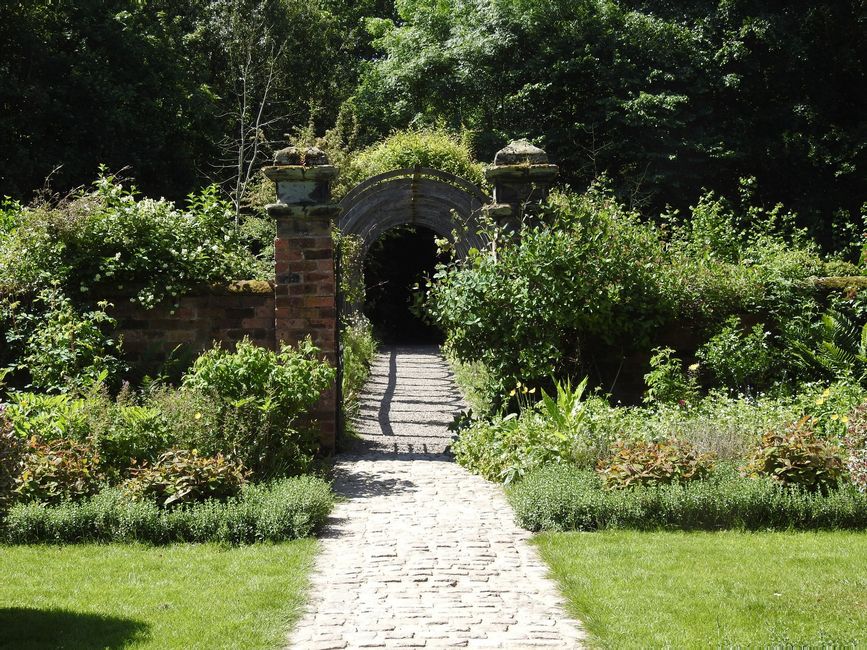
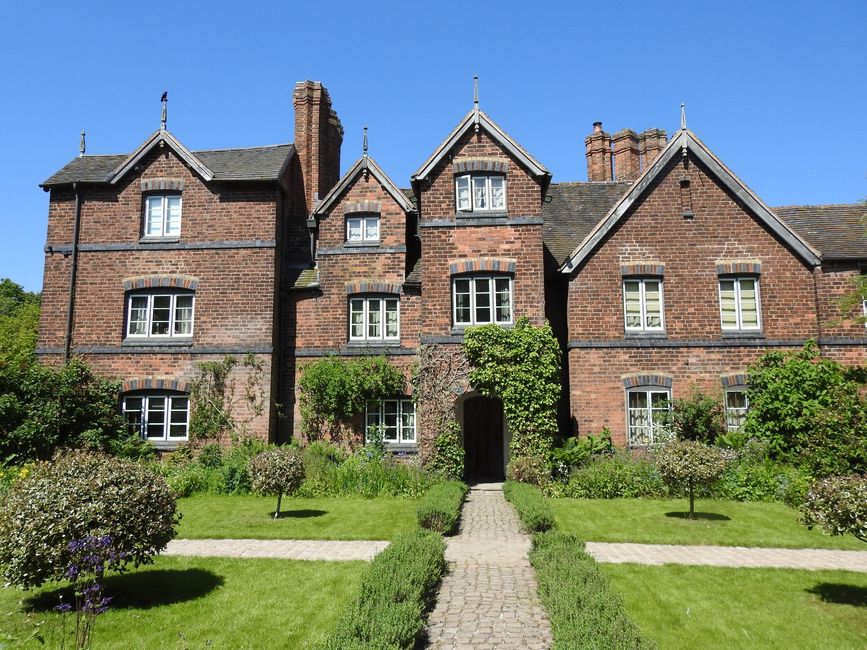
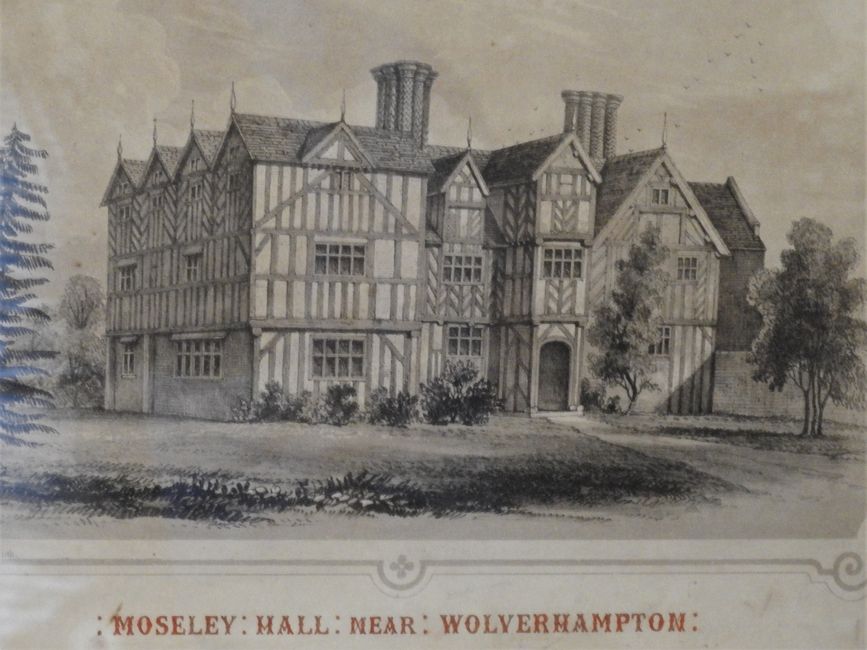
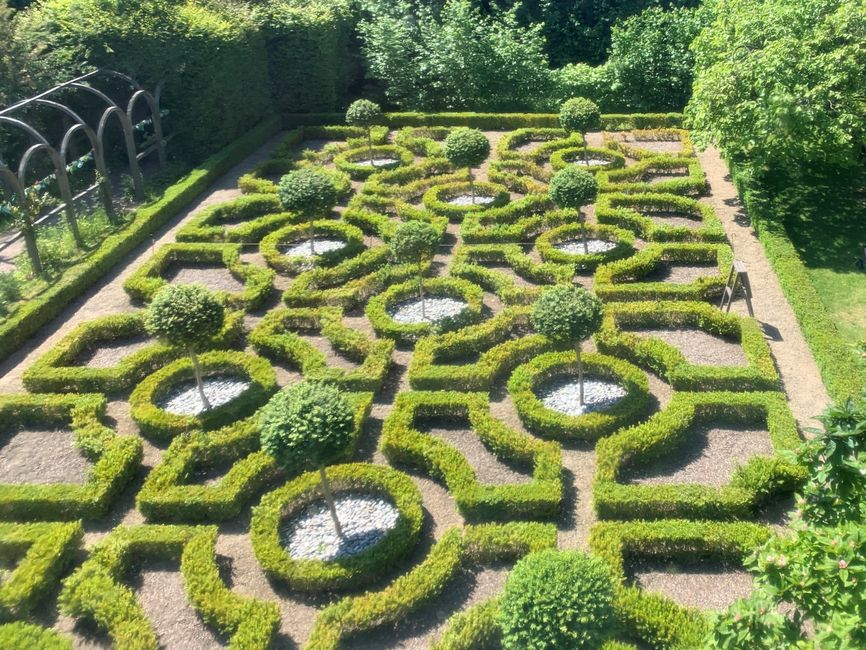
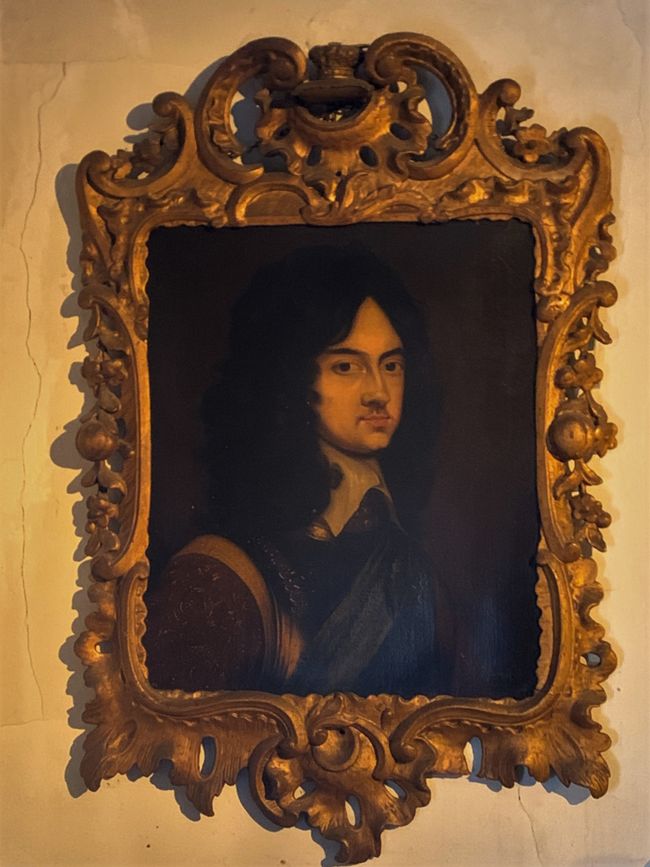
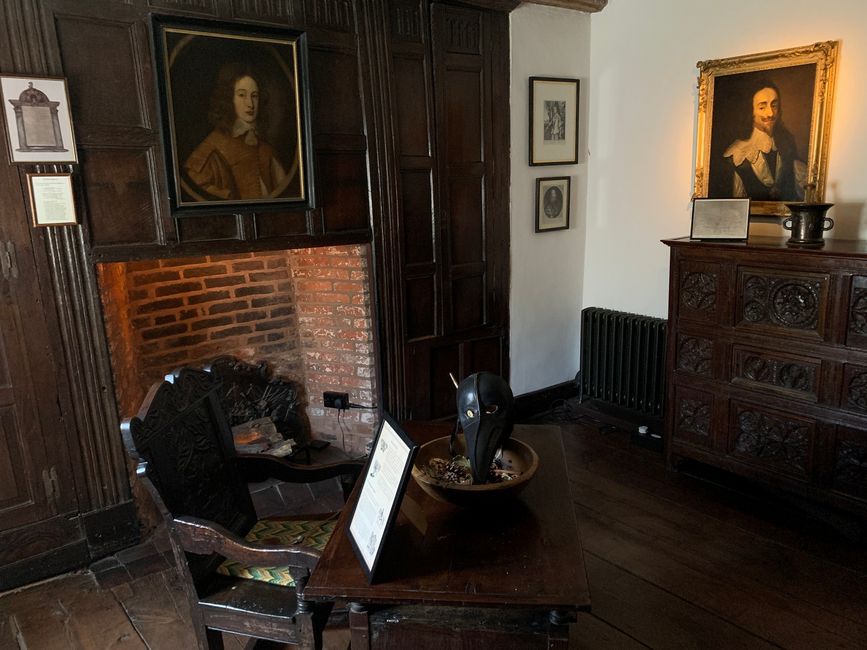
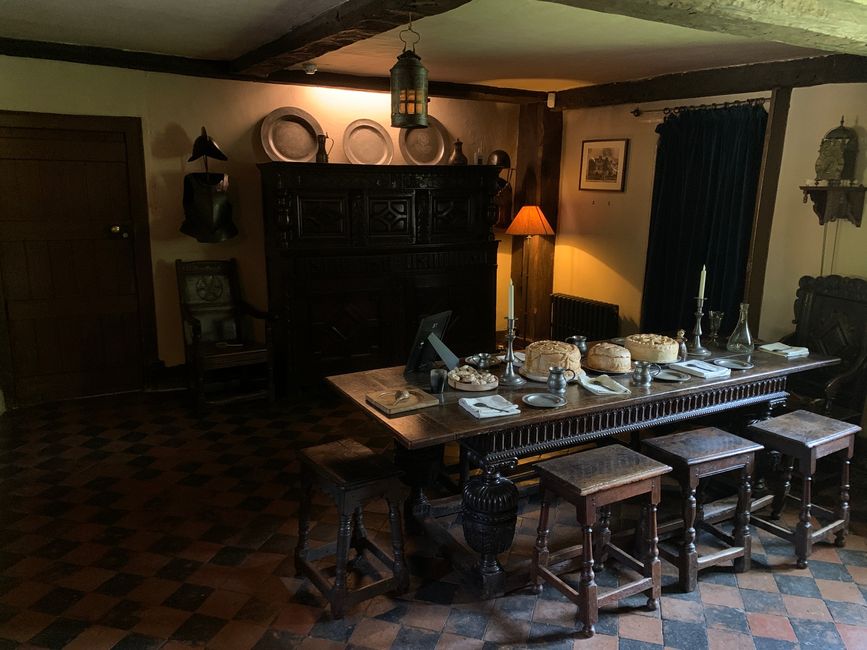
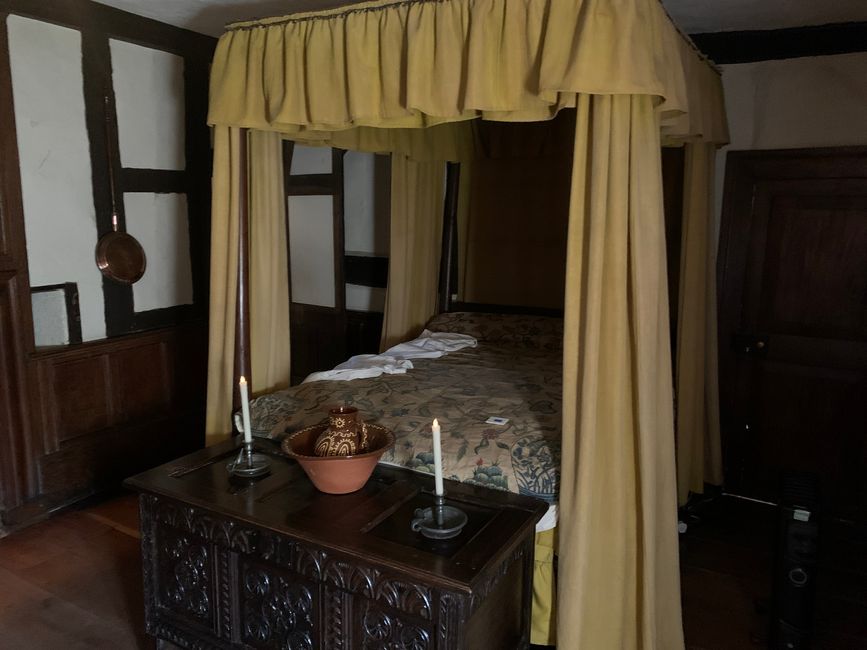
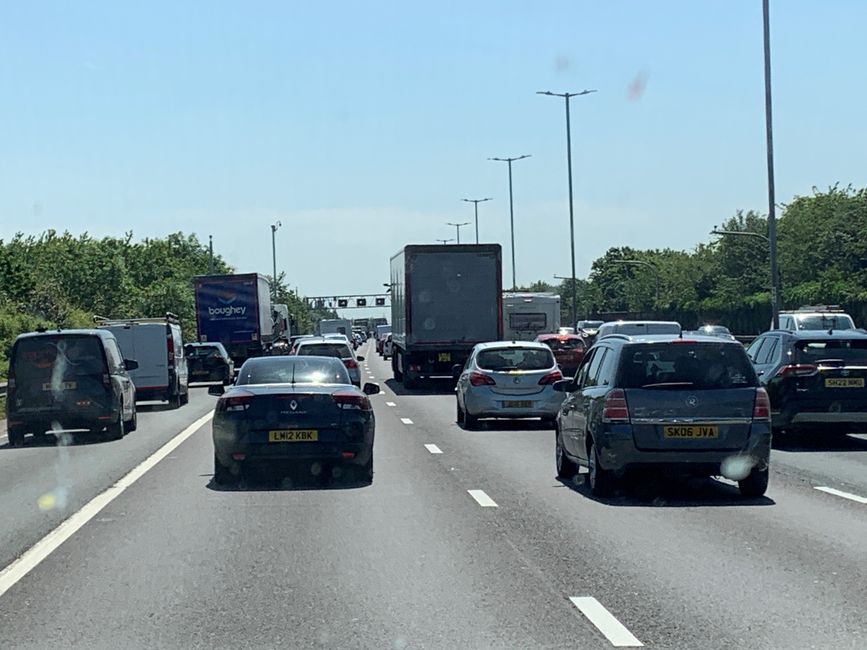
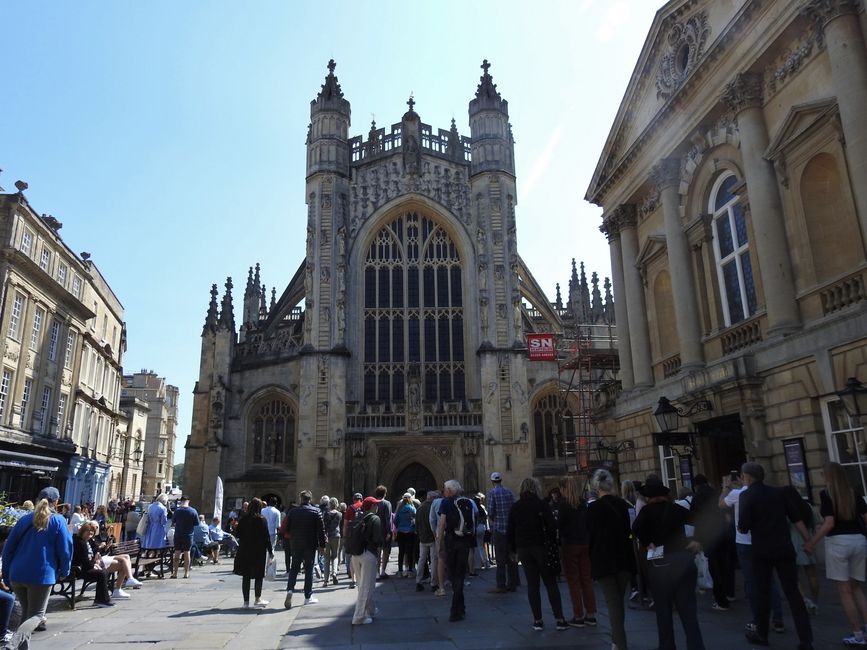
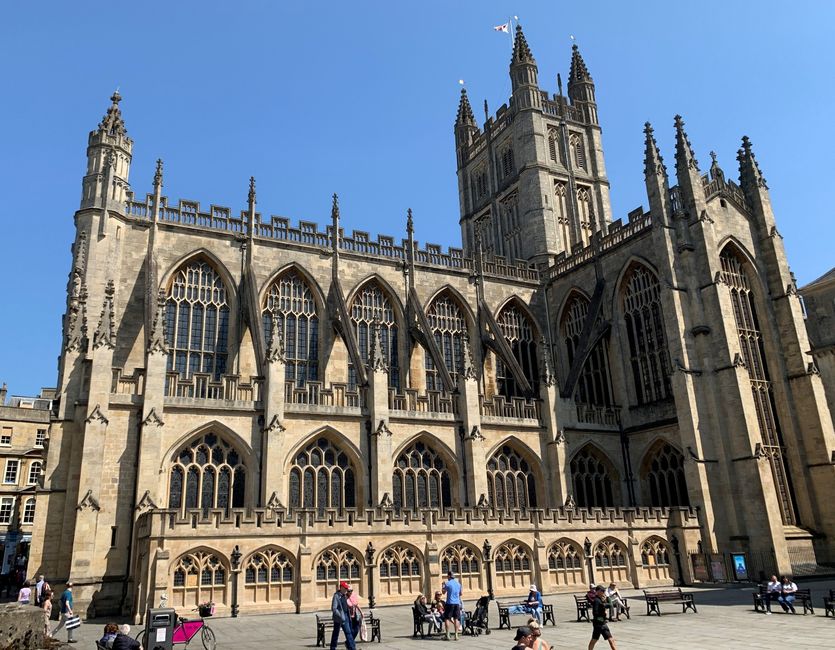
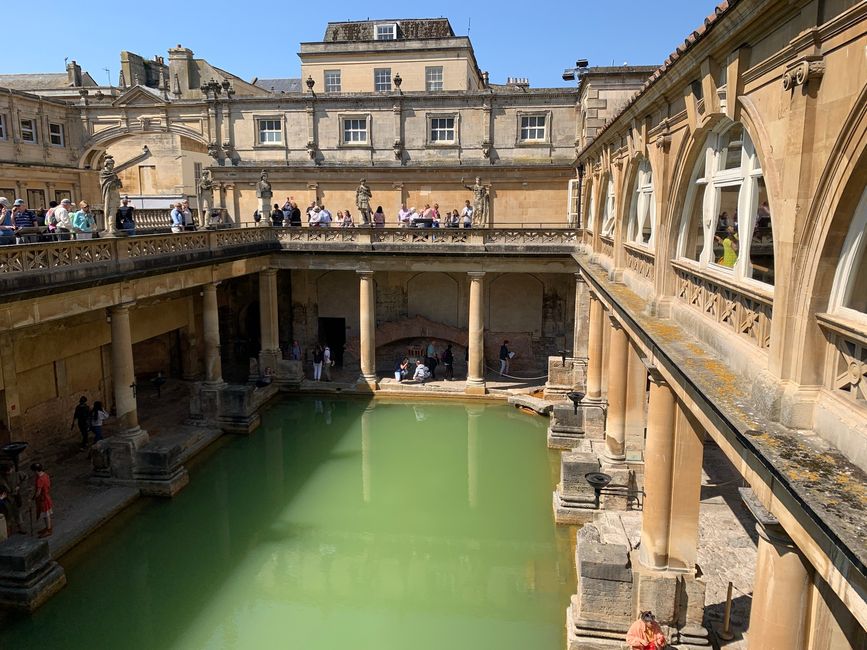
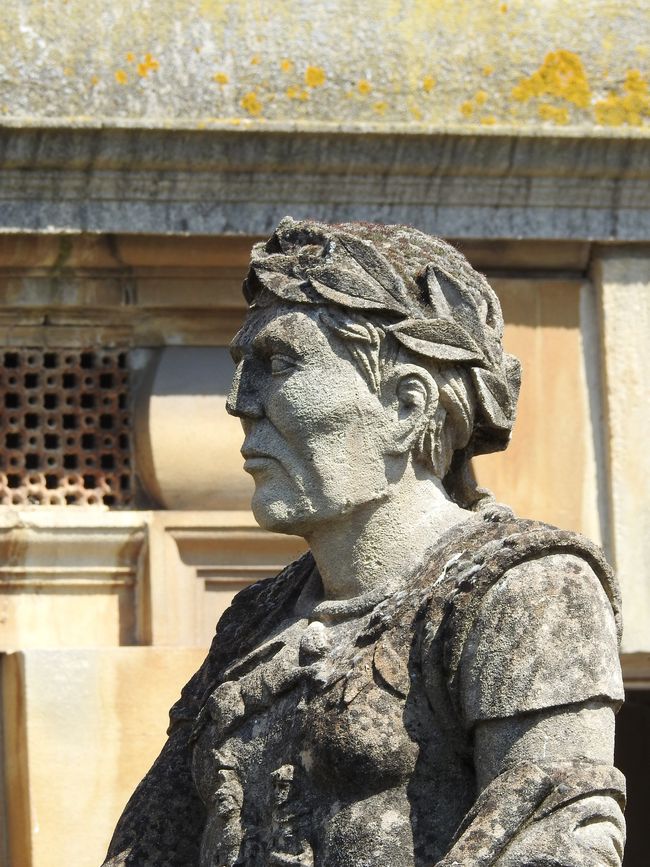
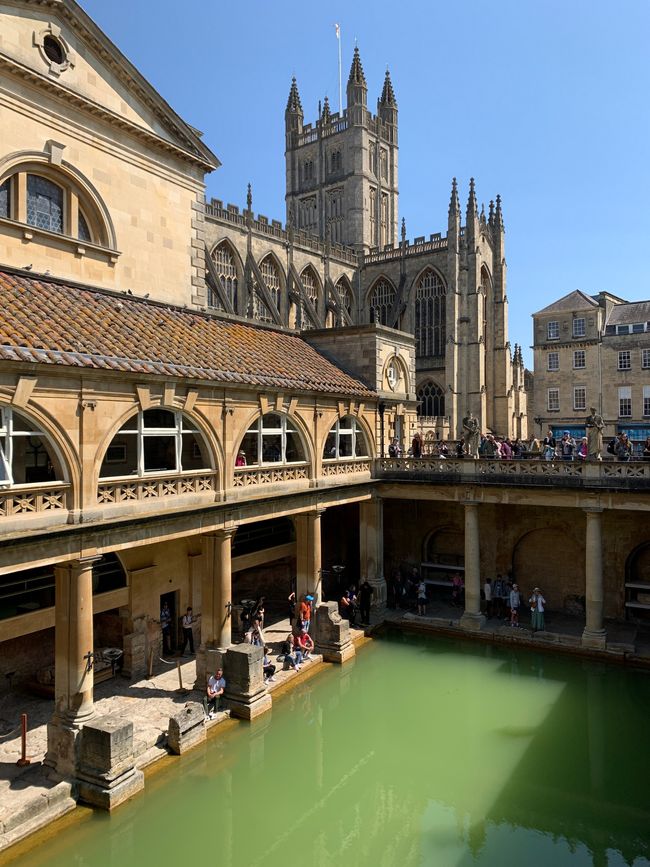
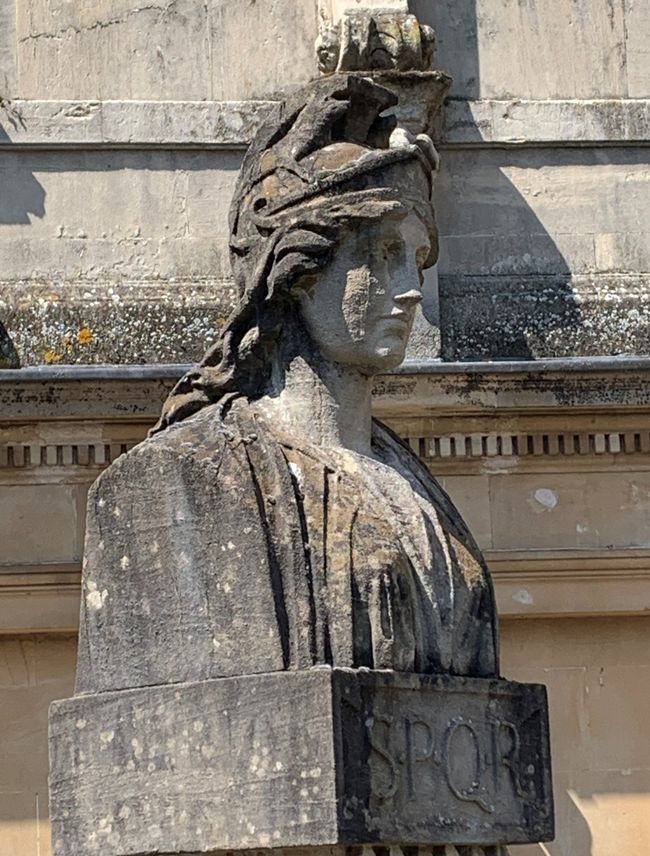
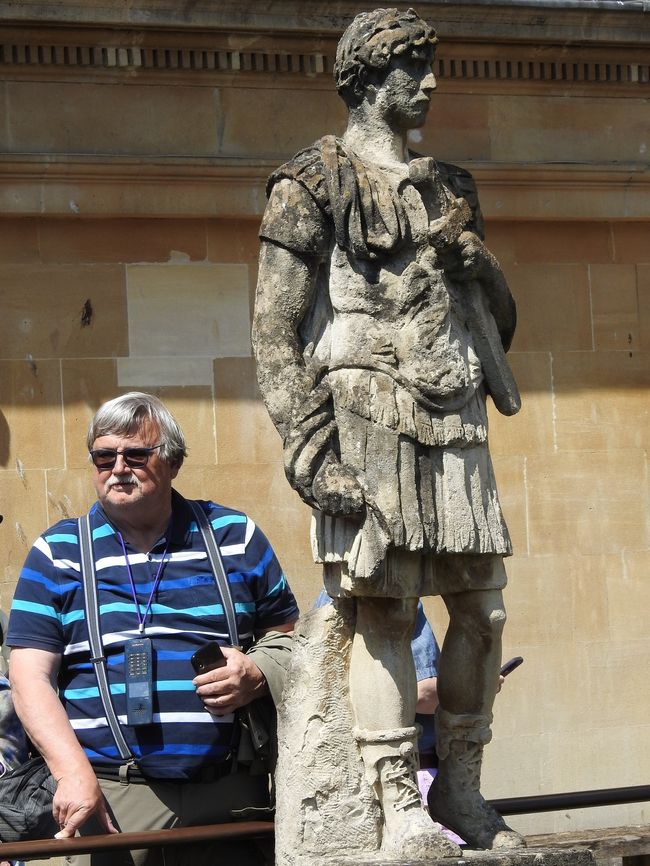
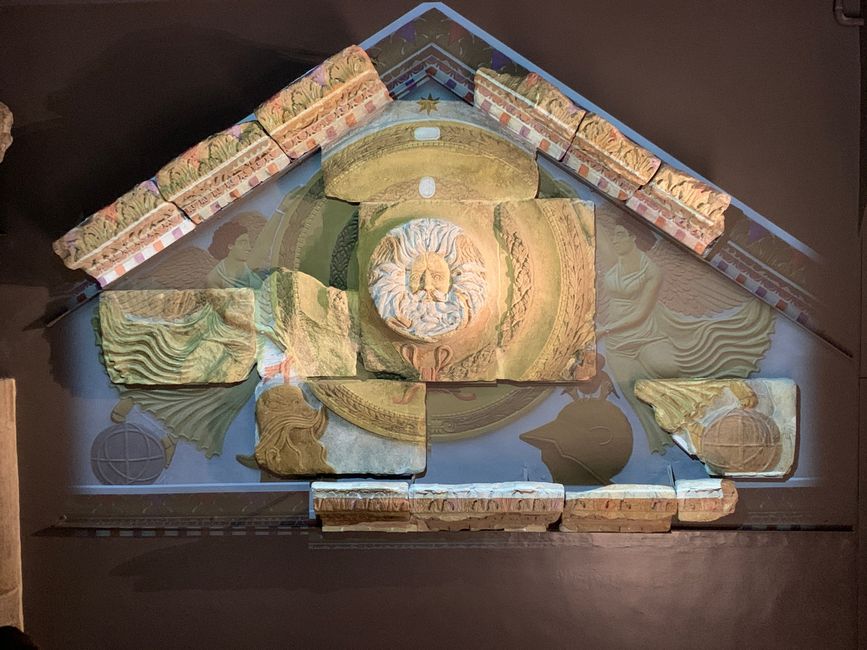
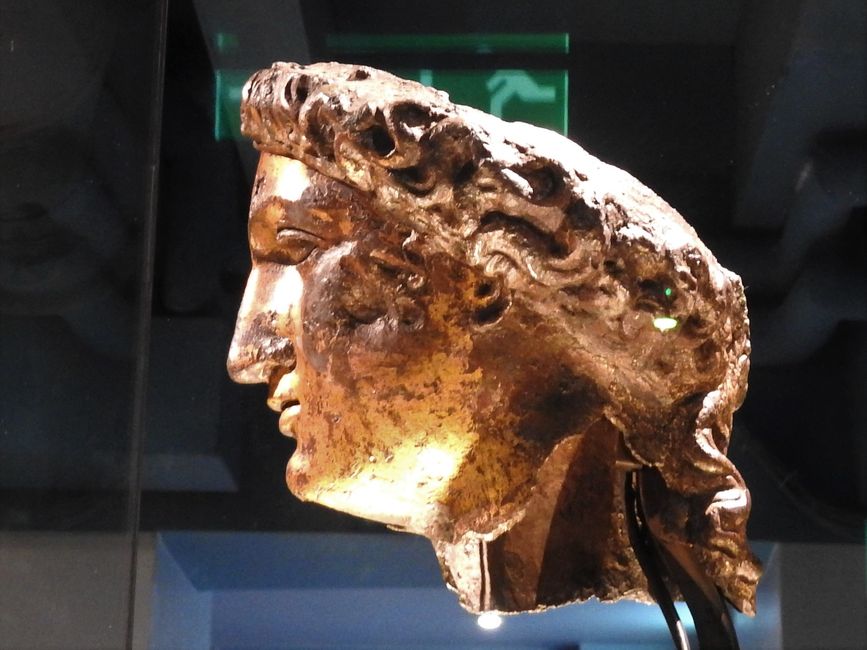
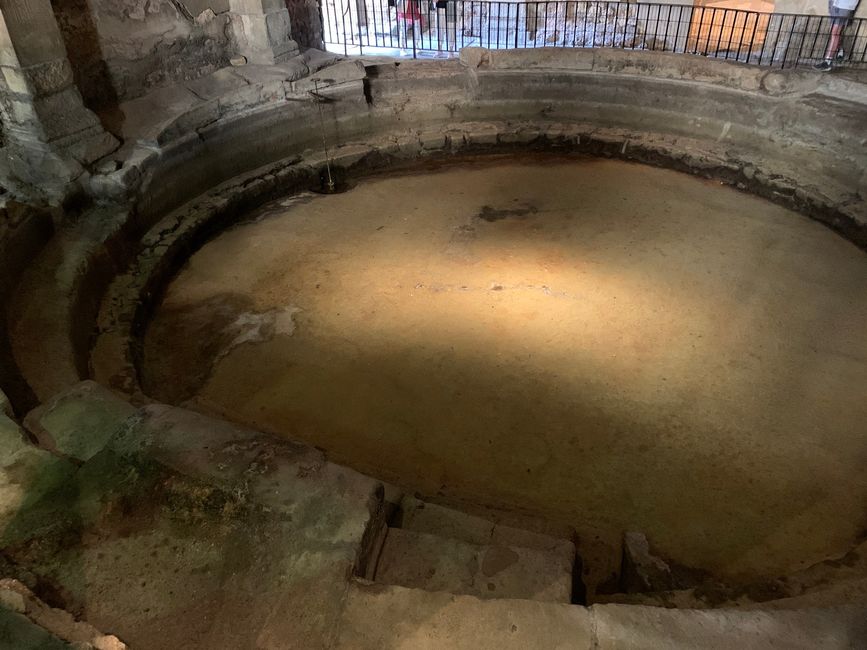
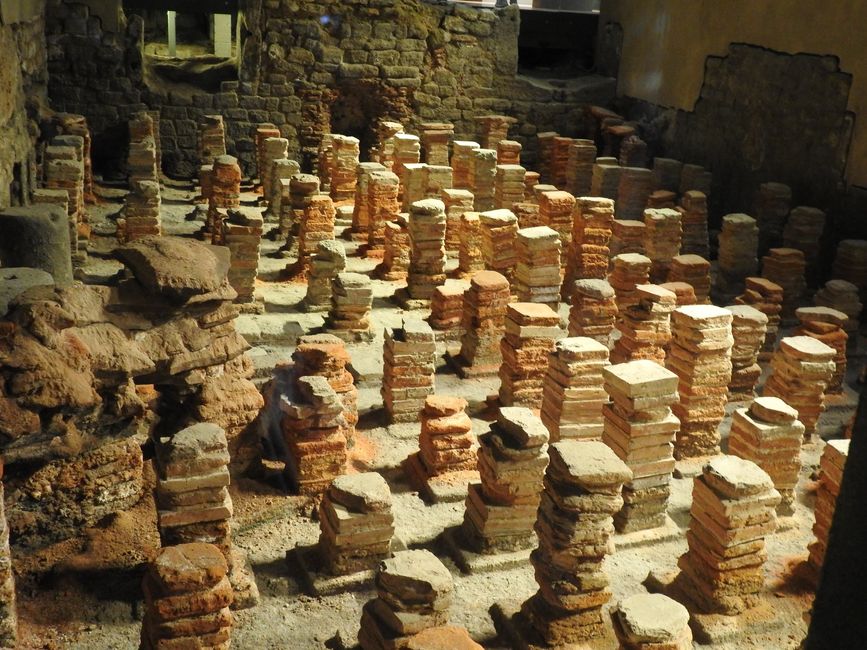
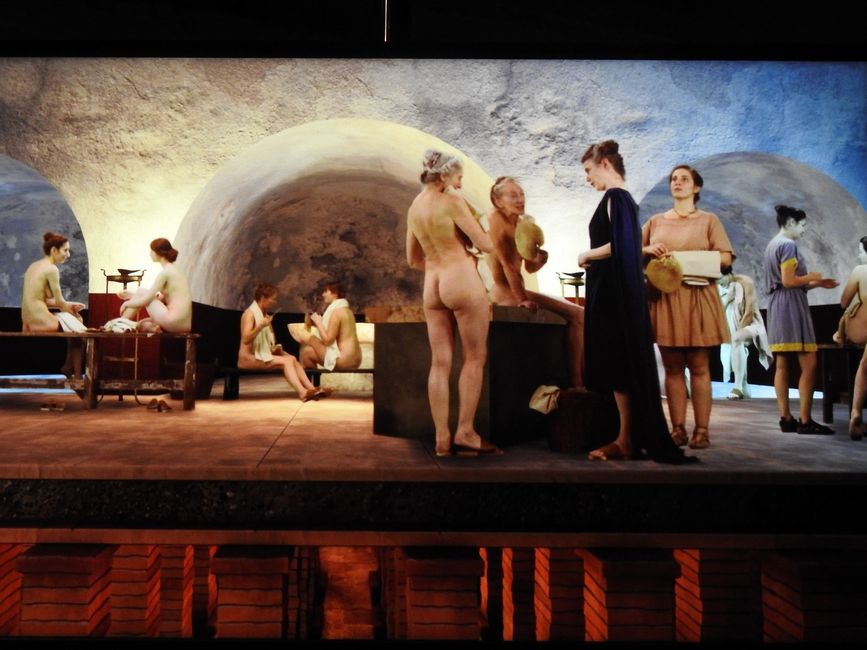
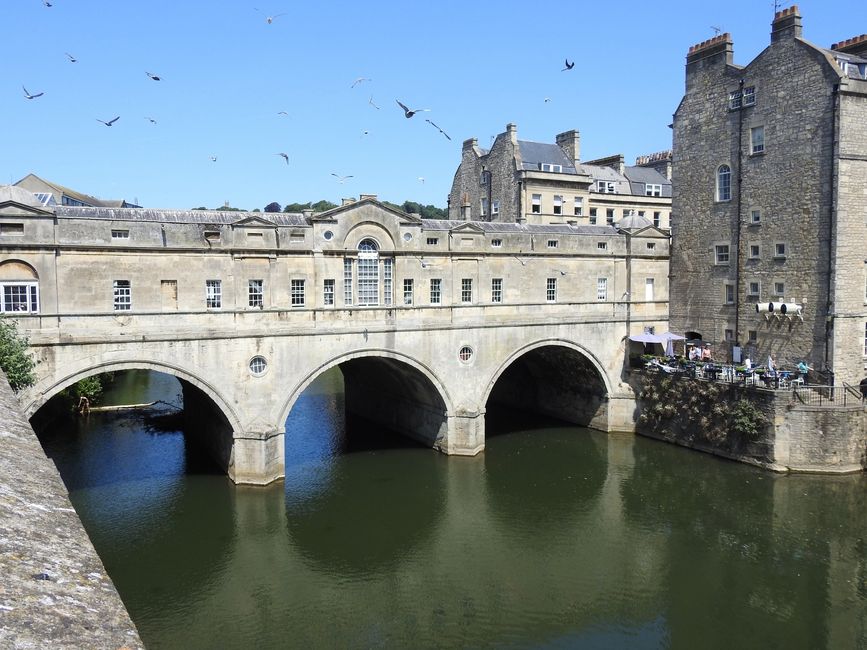
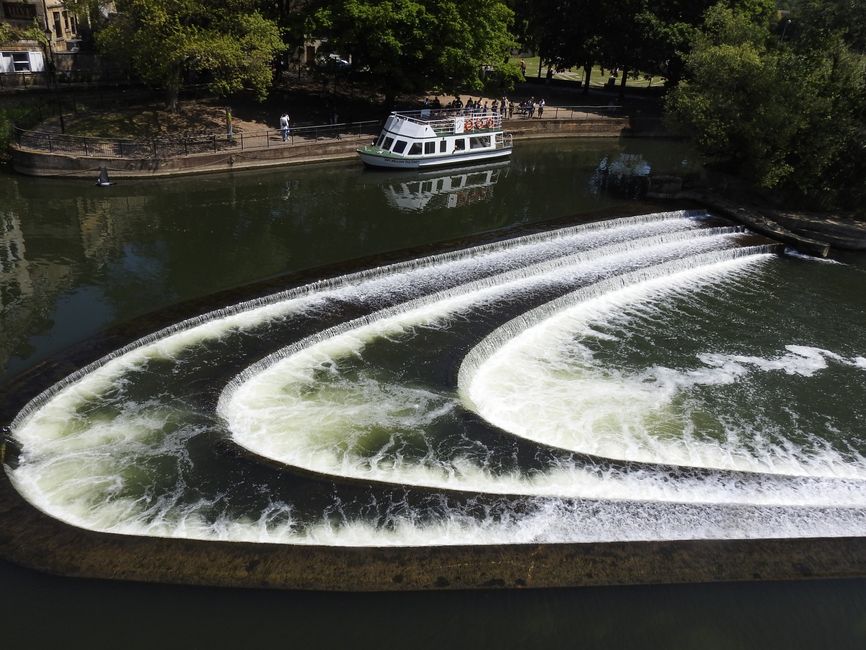
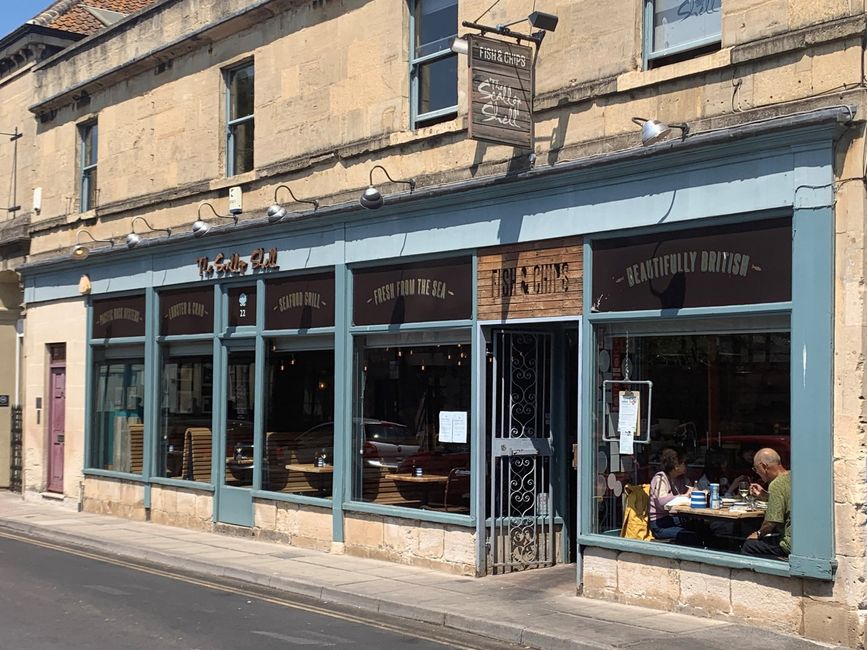
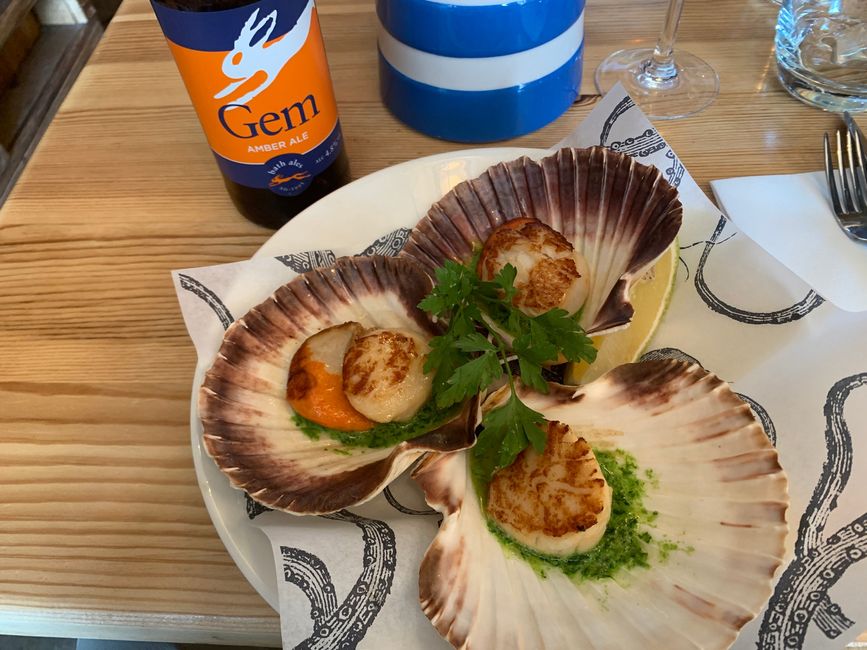
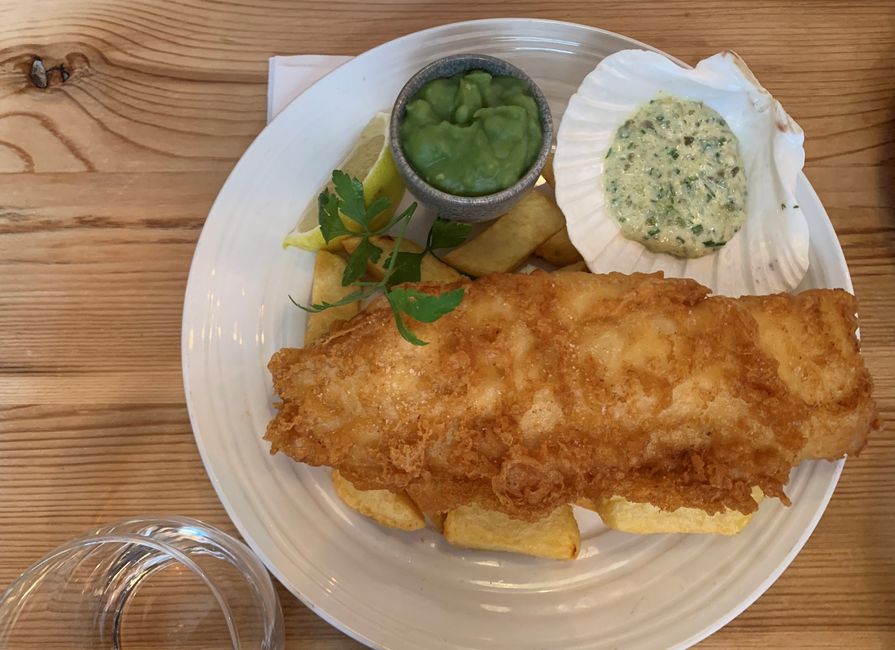
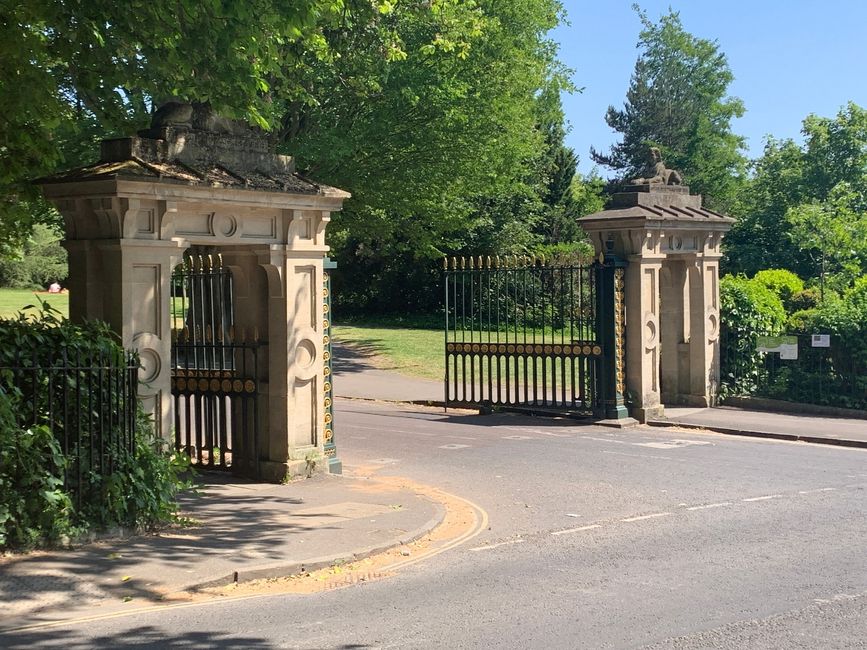
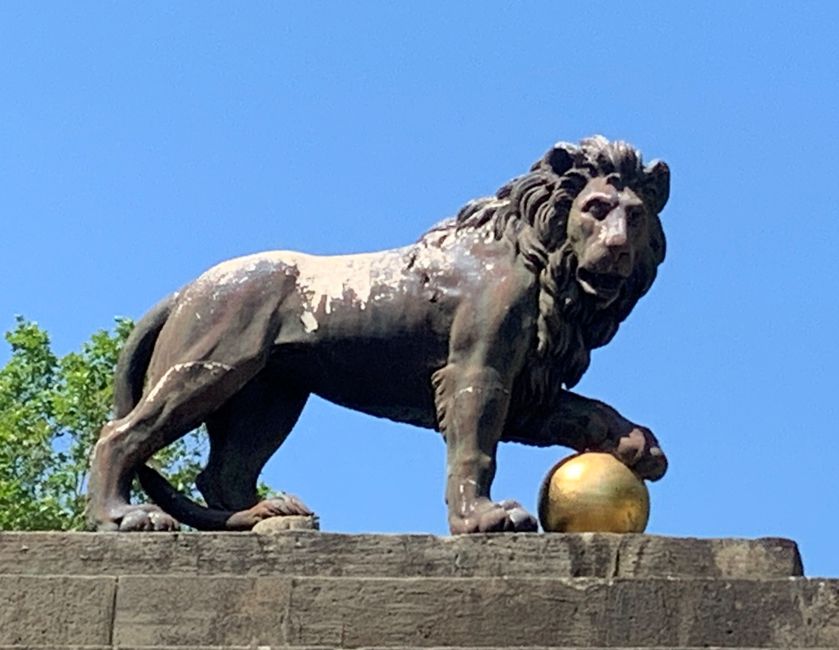
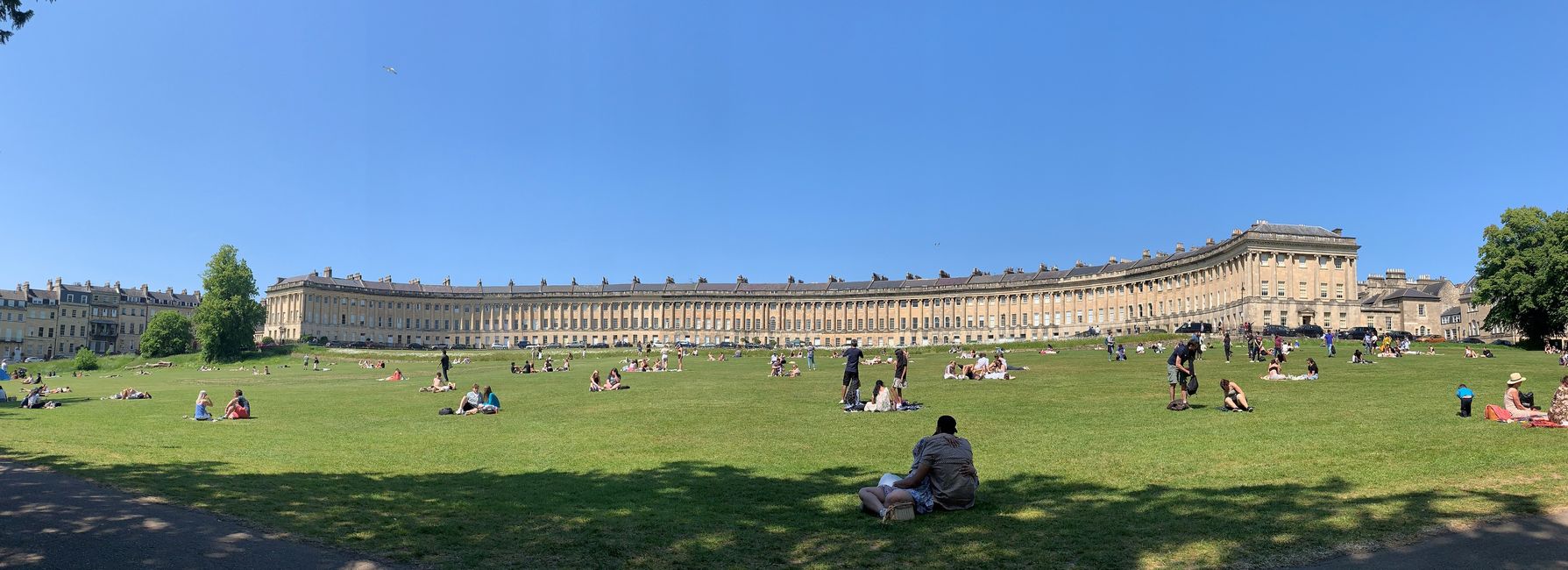
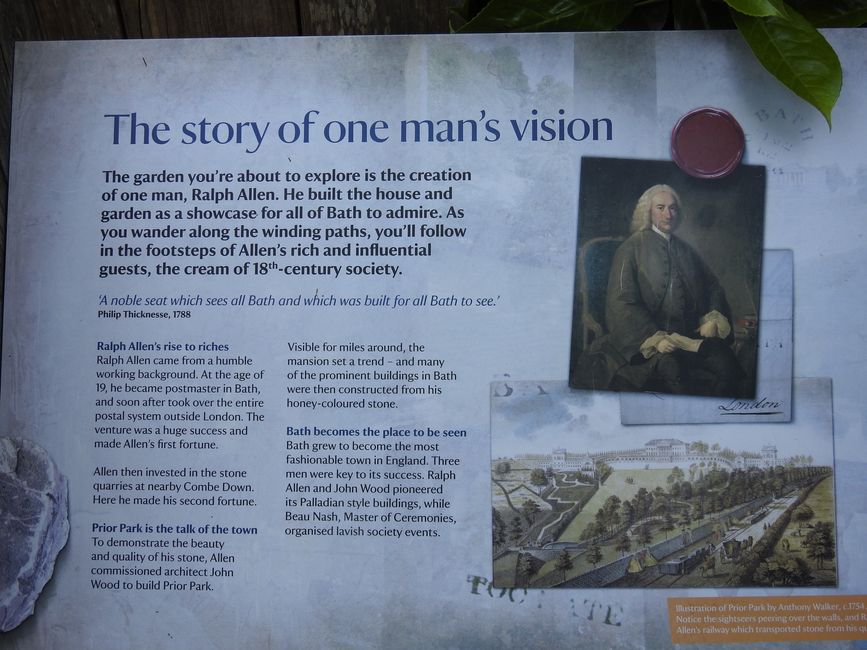
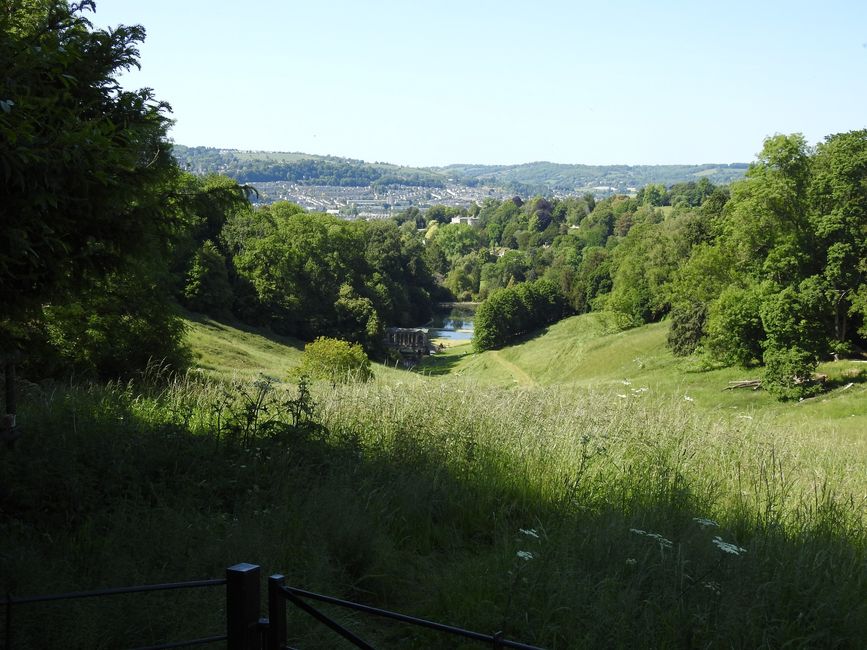
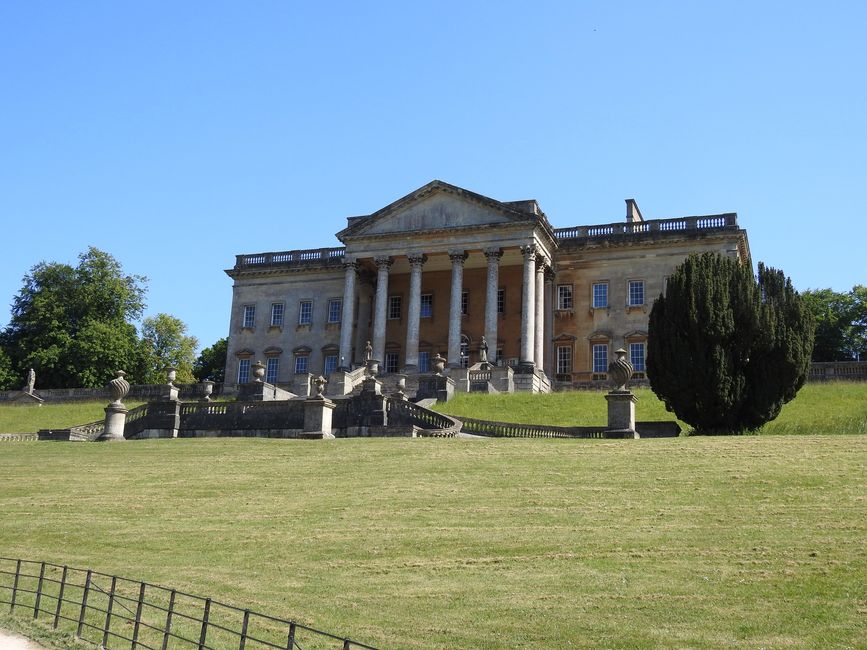
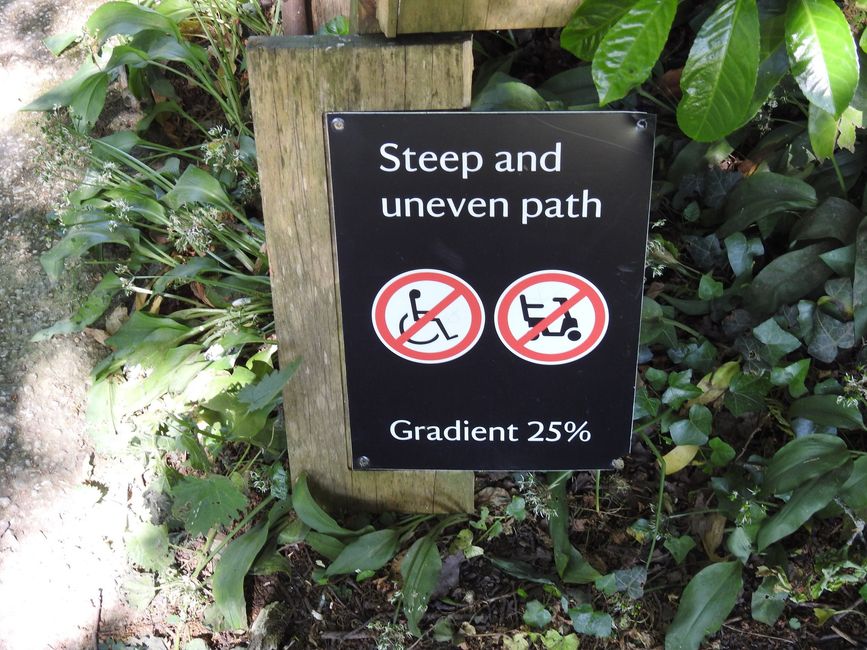
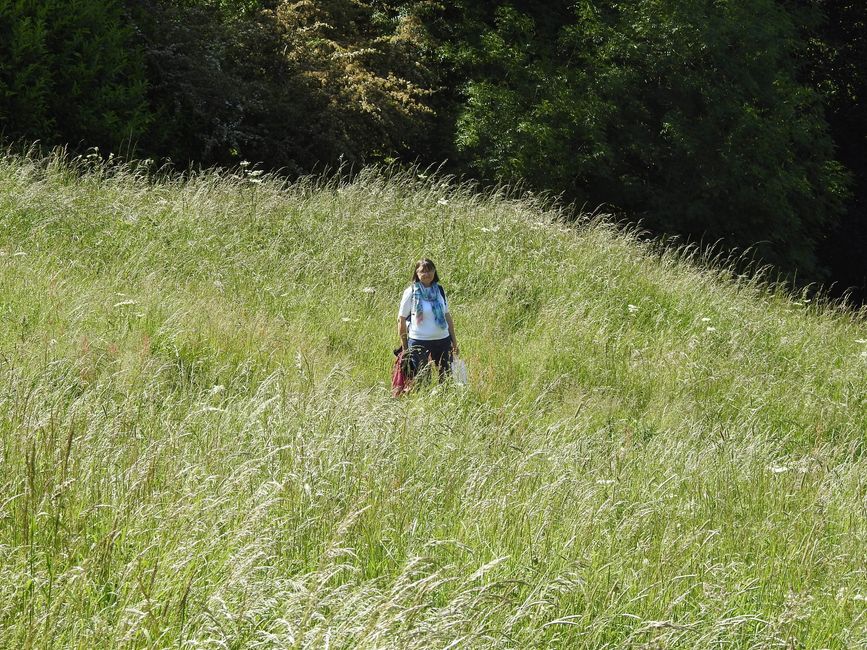
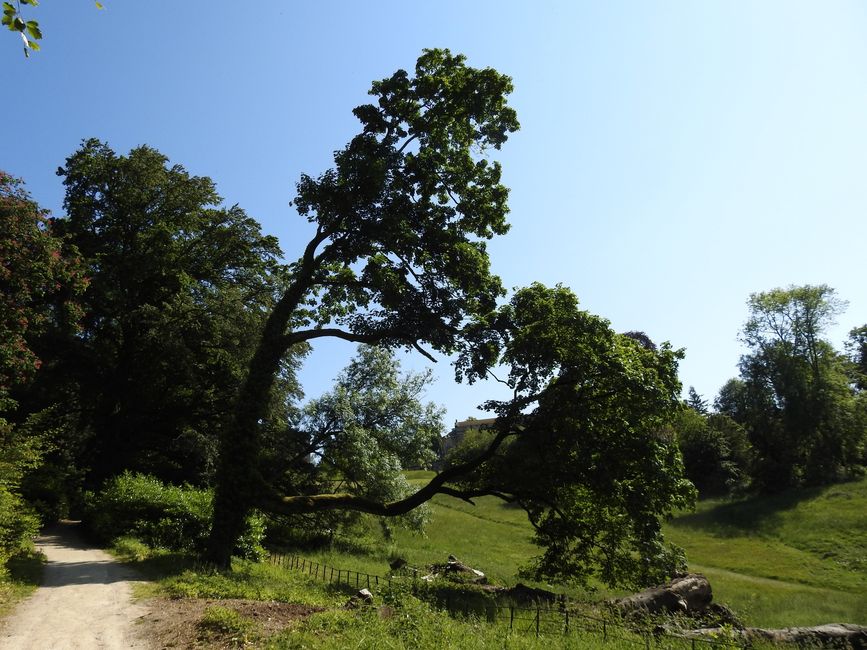
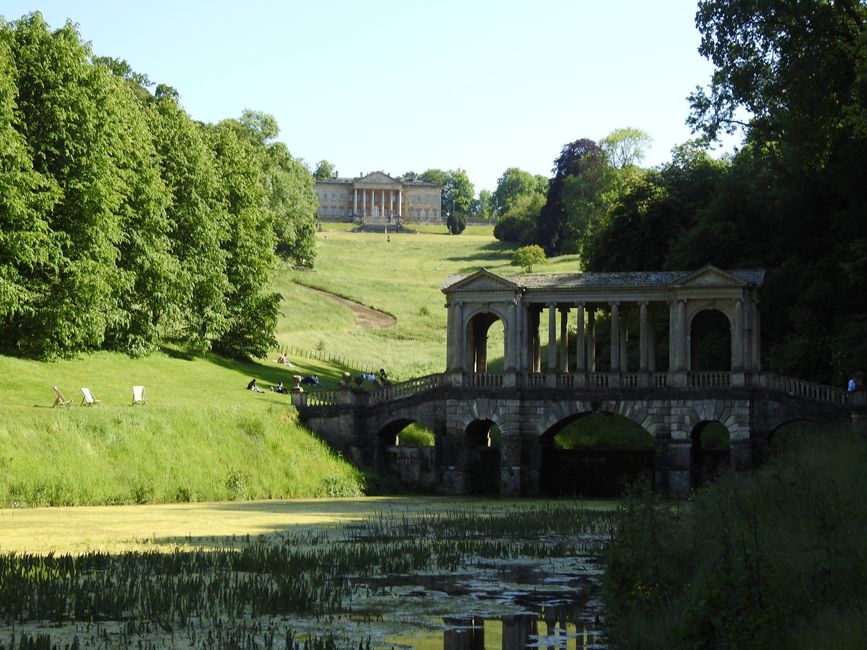
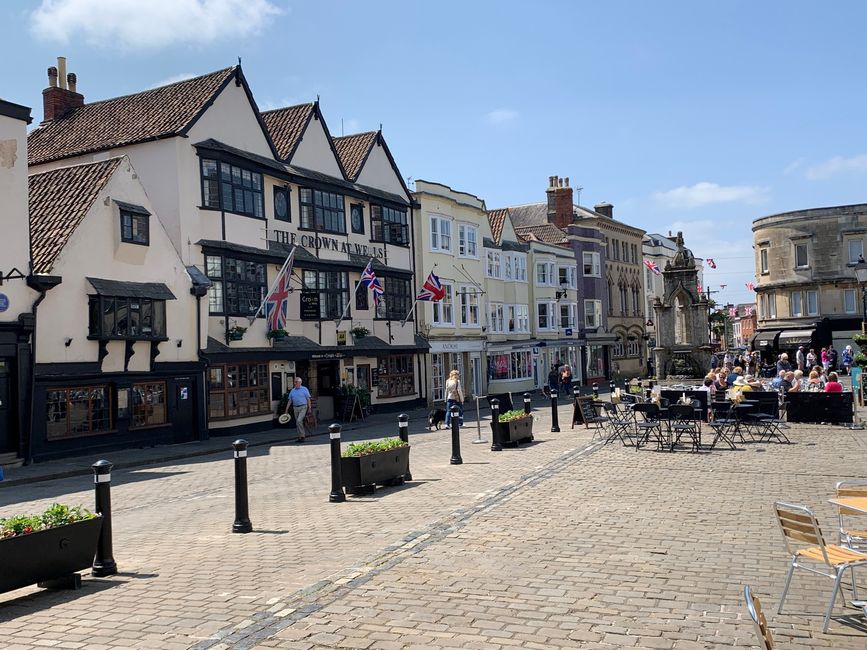
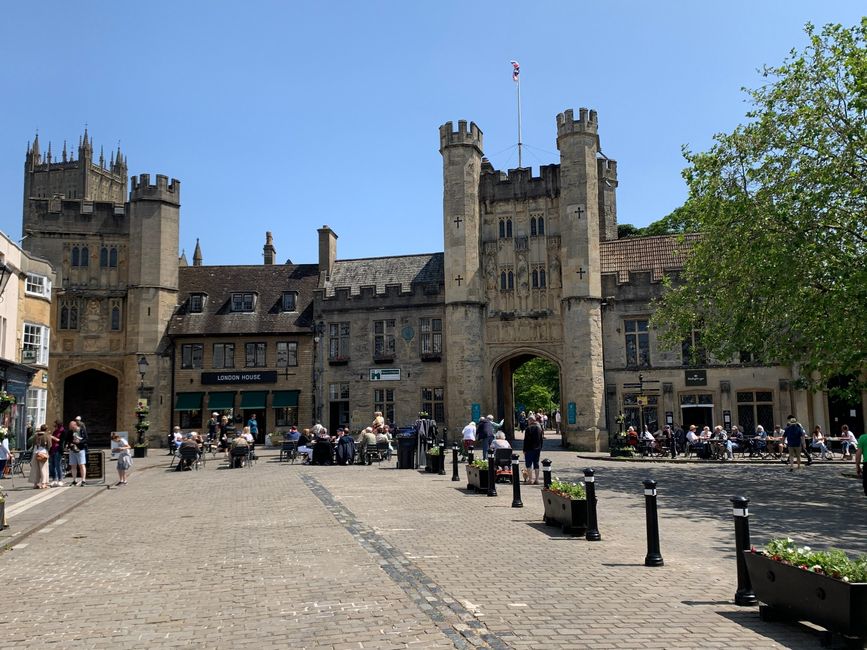
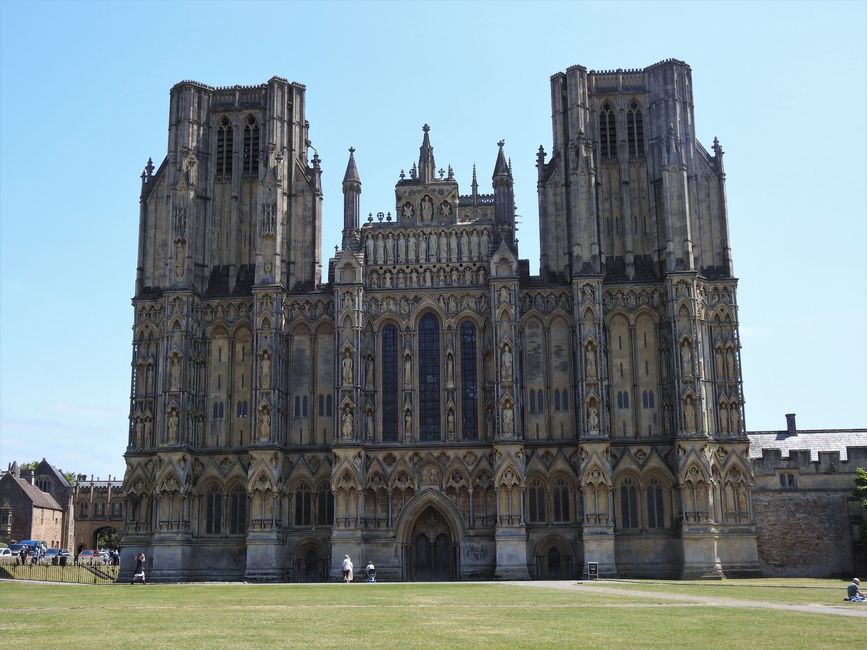
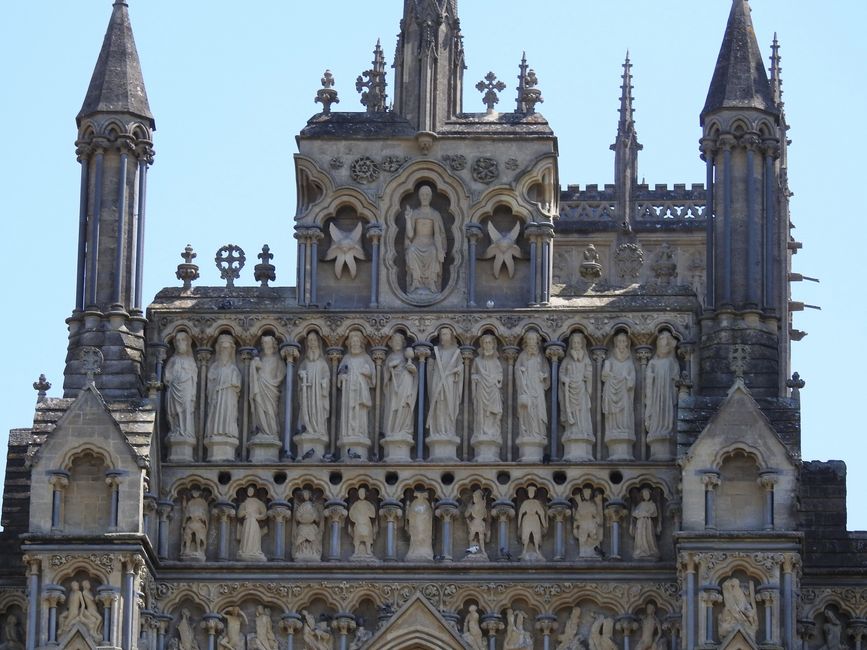
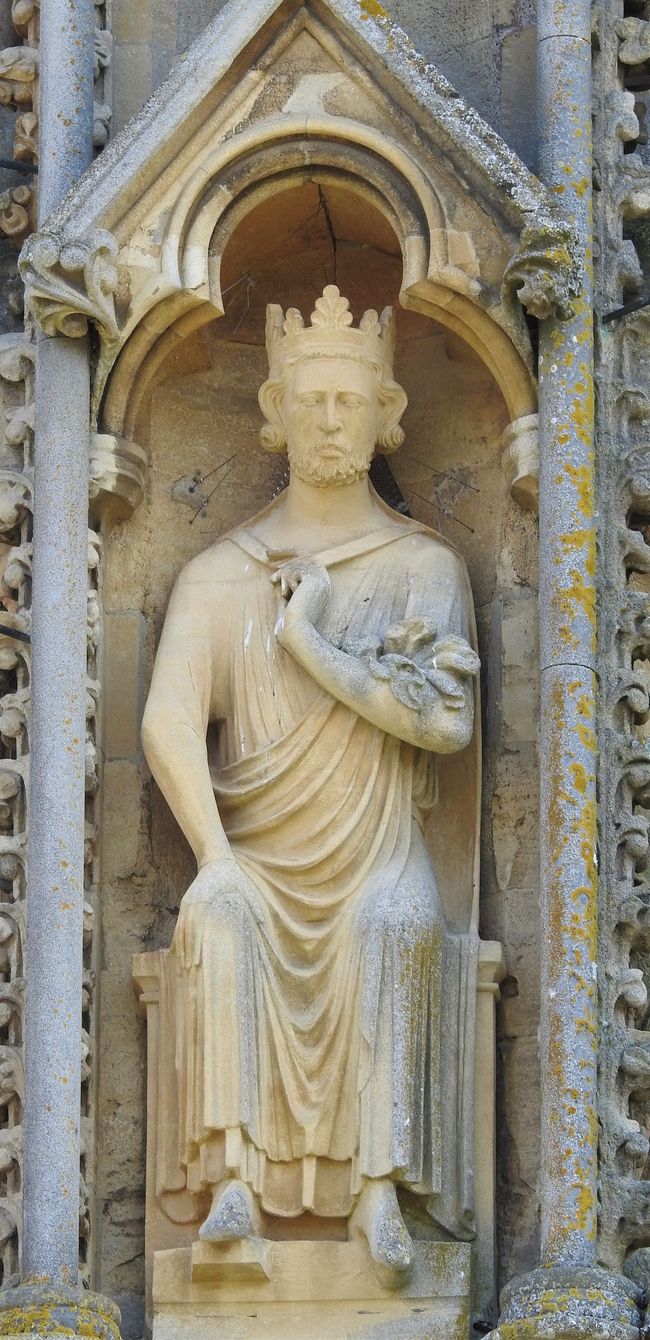
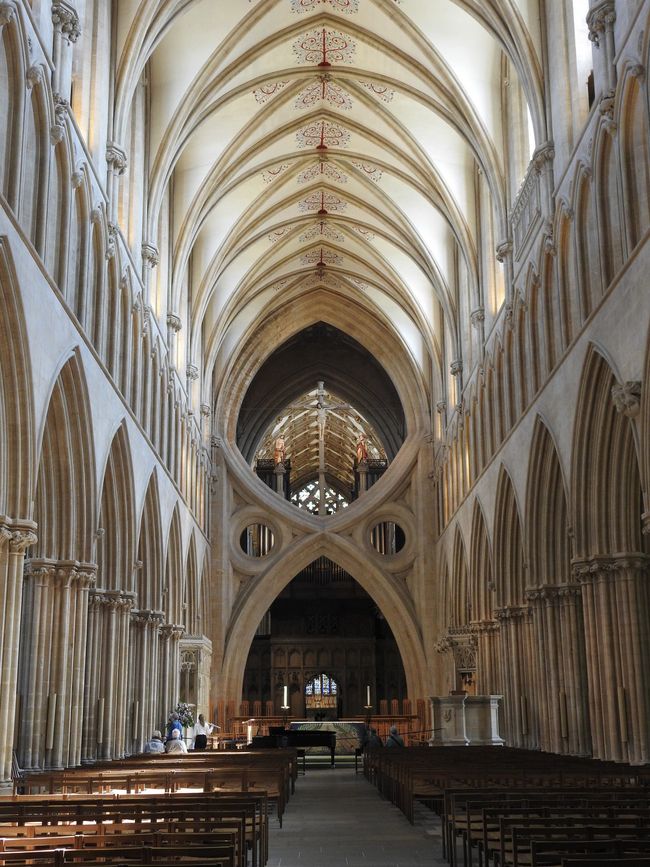
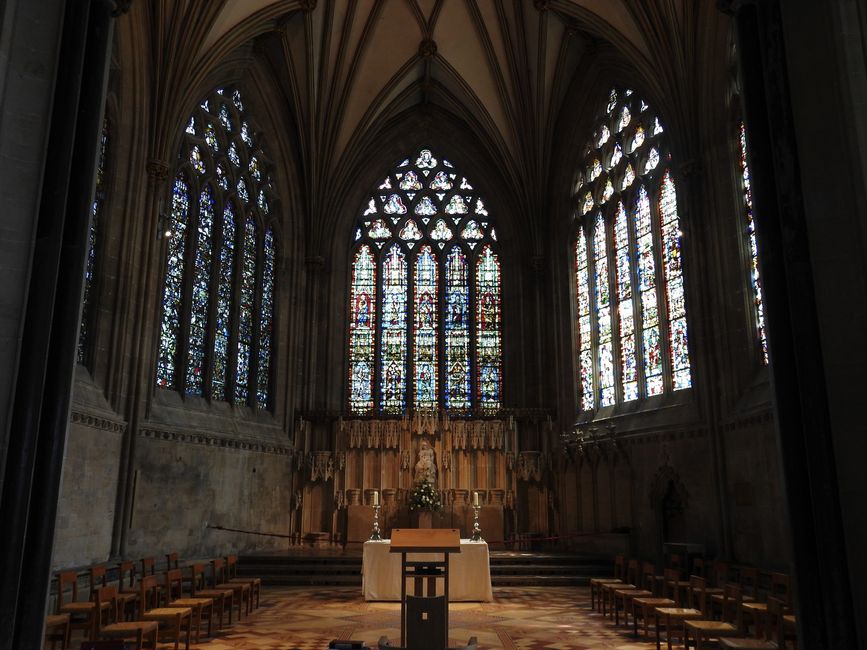
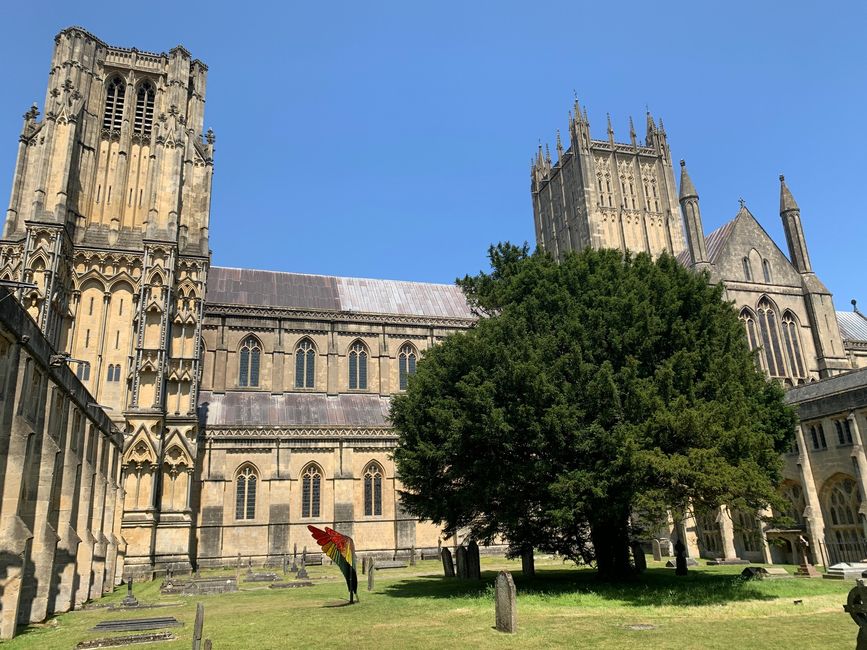
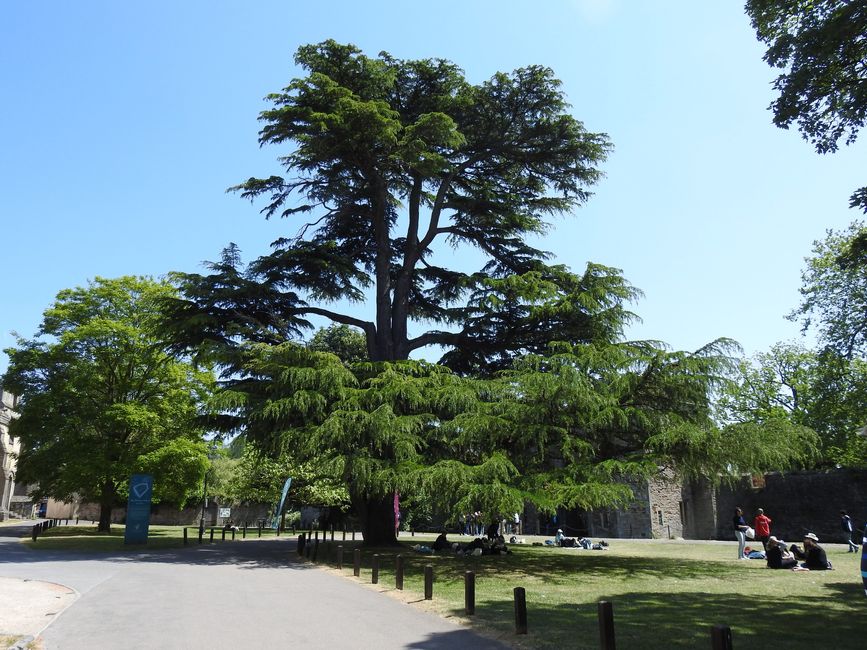
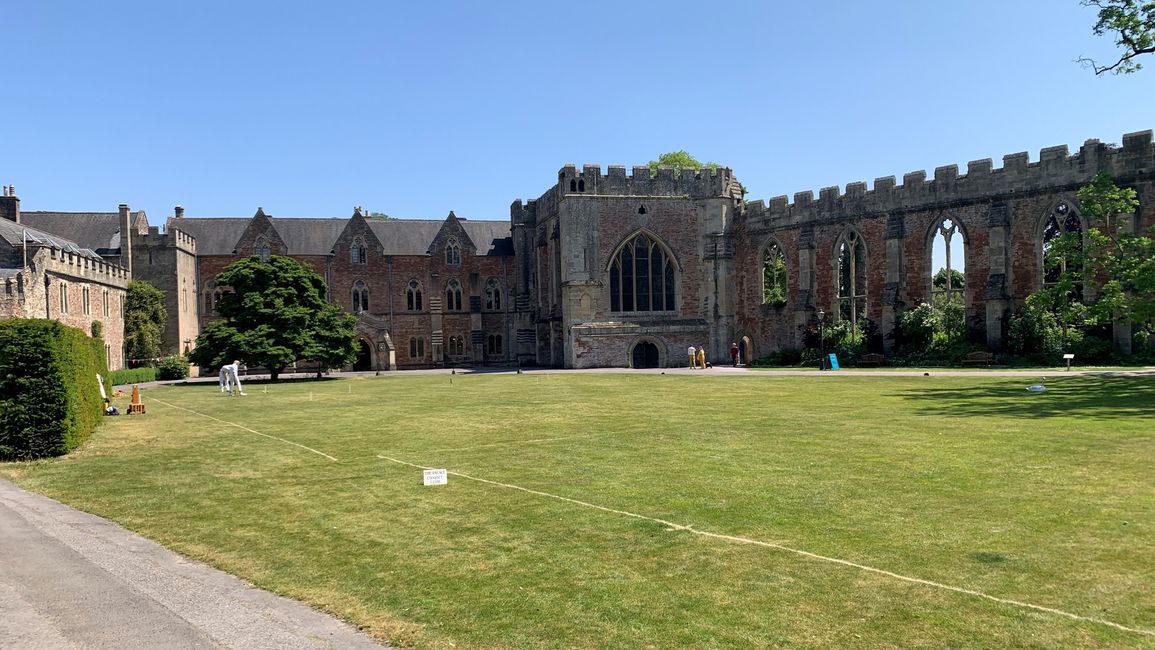
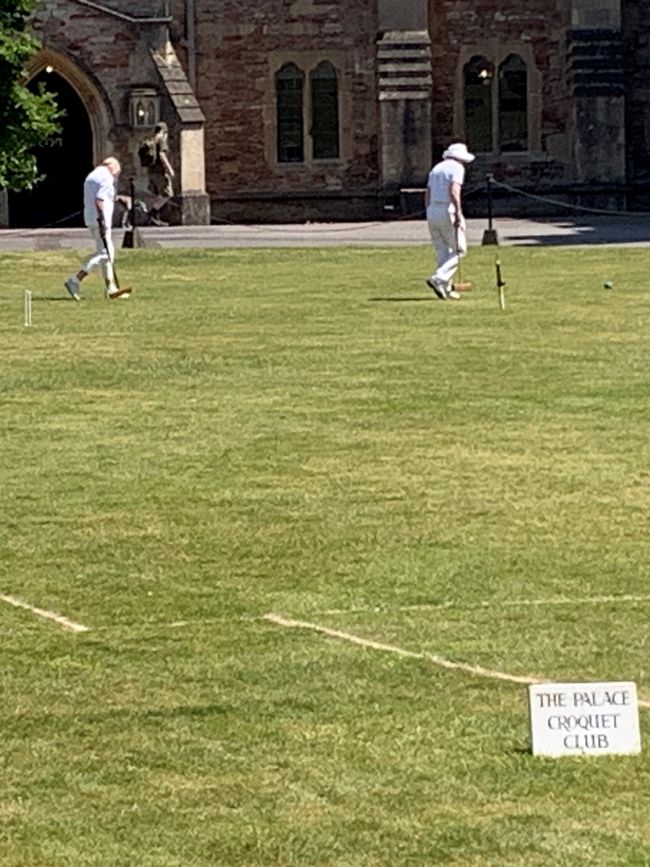
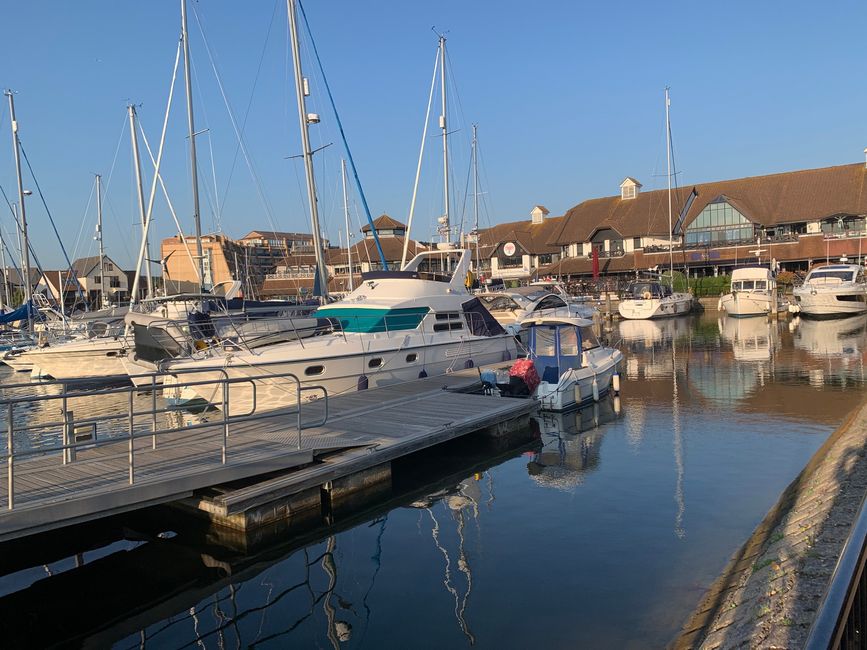
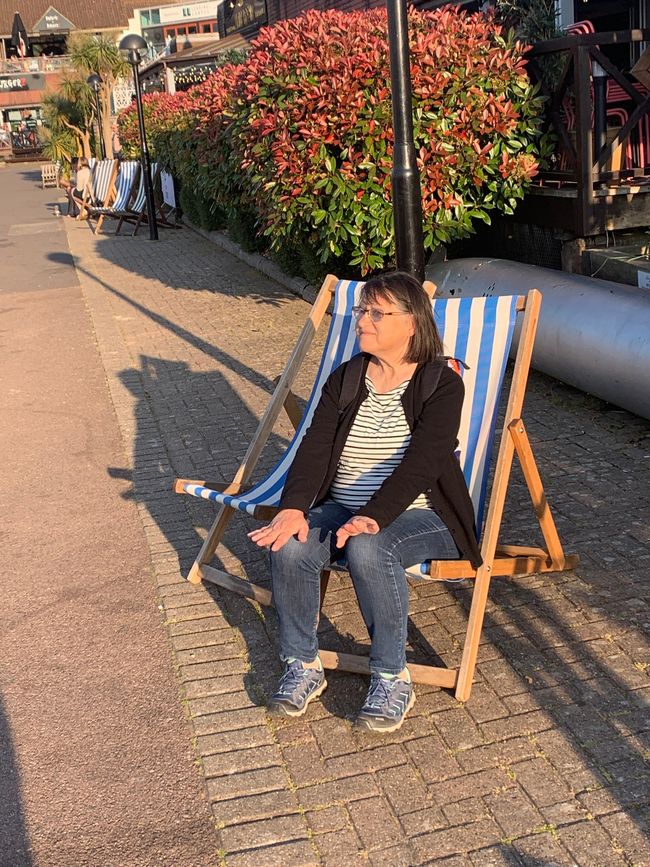
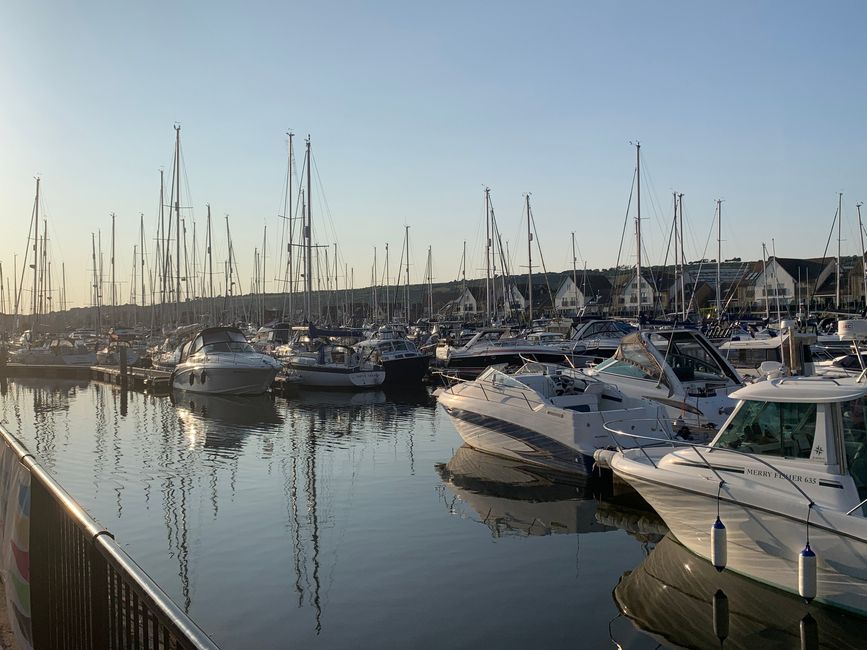
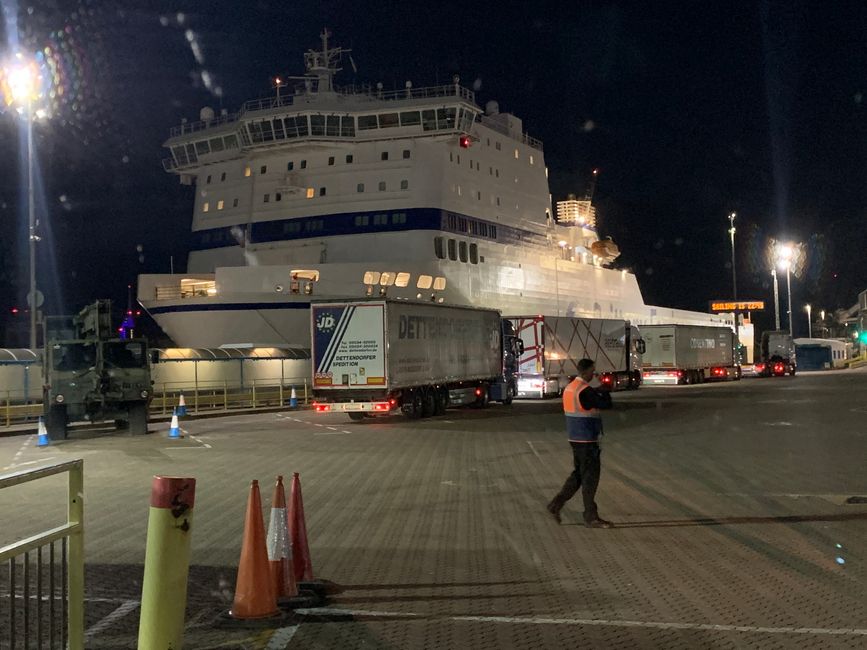
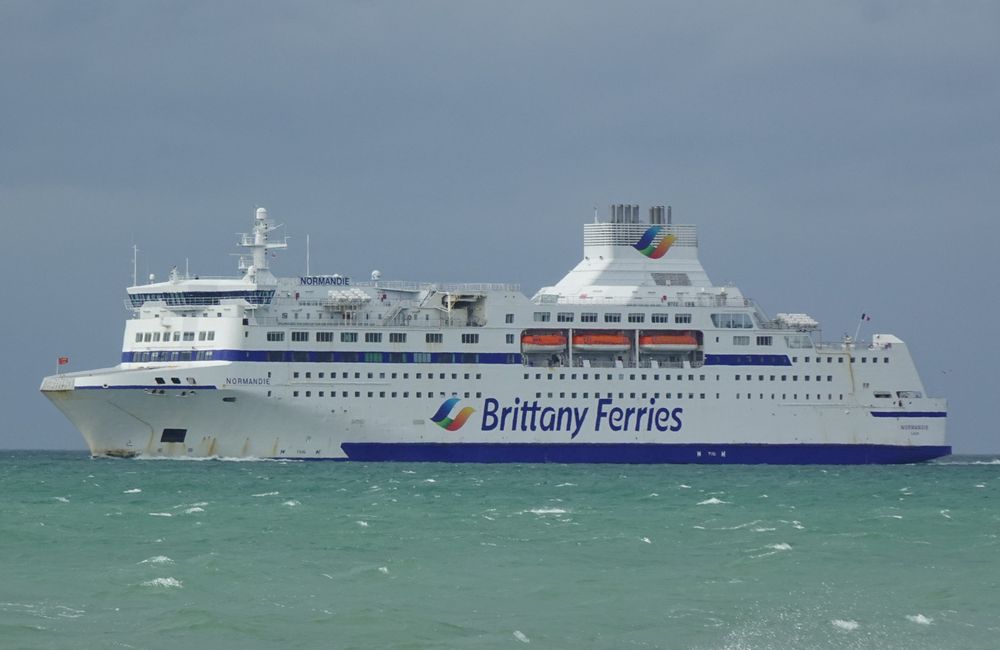
Newsletter hi subscribe ve rawh
We spend the last night in Scotland on this voyage on the shores of Loch Lomond. In the evening and in the morning there is only a cloudy sky.
Today we must 'eat up' kilometers or miles, we want to get to central England in the area between Stoke-on-Trent and Birmingham - we have planned to cover almost 500 km. A large part is motorway, but we have to fight our way through some traffic jams around Manchester.
For overnight stays we use the 'Brit Stop' guide. It shows free accommodation at farms, but mostly at pubs in the UK, where you can park a self-contained motorhome for one night free of charge. We drive to the 'Chetwynd Arms' near Stafford - a nice pub where we can easily park and also have dinner.
For today 'only' the 250 km to the booked campsite about 25 km south of Bath are planned - a closer one was not available - all fully booked!
So we can visit the 'Moseley Old Hall' near Wolverhampton. This manor house is known for its 'knot garden' - a kind of labyrinth, but for the English it is full of everything as a place of refuge for King Charles II after the lost Battle of Worcester on September 3, 1651. In this battle the king with his approximately 16,000 men strong army loyal to the king were defeated by the 28,000-strong 'parliamentary' army under Oliver Cromwell. The king was one of the few who managed to escape...
The access to the 'Old Hall' was once again a challenge, the signposted route led (without warning) to a railway underpass only 2.50 m high and the alternative route was single-lane (without passing places) and hardly wider than our mobile home - luckily we are in the critical passages no one met. Almost like in Scotland!
Again we continue south through some congestions on the M6 and M5 motorways until we reach today's country campsite next to a working farm.
The next morning we take a taxi to Bath – the city is certainly not suitable for motorhomes, but is well worth a visit.
We start at Bath Abbey. The abbey church was built in Anglo-Norman style in the mid-12th century. Badly damaged in the 13th century, it was rebuilt and extended in the late Gothic style in the 15th and 16th centuries. The church has three naves and is almost 70m long and can accommodate around 1200 people. The tower is almost 50 m high and has ten bells hanging in it - although we can listen to the intense carillon, it is not possible to visit the interior today because of a 'service'.
Right next door is the great 'Roman Bath'. Luckily we ordered online tickets for the right time slot the day before on the Internet, so we can bypass the long queue. The hot springs in 'Aquae Sulis', as the Roman name goes, were probably already being used in pre-Roman times. The area was 44 to 45 AD. conquered by the Romans and built the first city. In the 2nd and 3rd centuries the town flourished under the Flavian emperors. In the 4th century, the city was repeatedly flooded by the river Avon and the bathing complex in particular was severely damaged. The conquest of the city by the Anglo-Saxons is first reported in 577. Despite the many visitors - even the Selfie & Instagram Chinese are back - the facility and the museum are absolutely worth a visit. The exhibits are repeatedly highlighted by light animations and recorded film sequences that show life at that time.
After a short visit to the Avon with the Pulteney Bridge, which has shops on both sides of the road, we urgently need a refreshment - the restaurant 'The Scallops Shell' is just right for us. Despite the 'Warning' on the entrance “Beautifully British”, our food is excellent.
Thus fortified we make our way up to the Royal Crescent - a gigantic 'crescent' of 30 houses assembled together, all designed by architect John Wood, the Younger and built between 1767 and 1774. This structure is considered one of the leading examples of English Georgian architecture of the period. The large park and especially the meadow in front of it is visited intensively by the population in this beautiful weather.
Now we take an Uber taxi over to the 'Prior Park Landscape Garden'. We just manage to get in 10 minutes before the gate closes at 5 p.m. (!). Luckily the park officer gives us the hint that this entrance is then closed, but there is an exit down in the valley - and it goes steeply down to the pond with the famous Palladian Bridge.
For centuries from the 12th century the area was a deer park for the Bishop of Bath and Wells. In 1720 the site was bought by Ralph Allen to give his home on the hill a suitable ambience.
It was designed by poet Alexander Pope and landscape gardener Capability Brown. The garden had a great influence on what was then known in Europe as the 'English landscape garden'. The Palladian Bridge is particularly striking - in the Italian Renaissance style of Andrea Palladio (1508 - 1580).
After this “Long March” we are glad that an Uber cab takes us back to our campervan in the country – for half the price of the local morning taxi, by the way….
Today is the last day on the island - only the 135 km to the ferry terminal in Portsmouth are waiting, our ferry does not start until 22.45. So we follow the suggestion of the very communicative farmer lady who runs the campsite and make another detour to Wells in Somerset. We don't regret it.
Wells is a small town with about 10,000 inhabitants, but a magnificent cathedral and has a medieval town center with many houses from the 14th to 16th centuries. St. Andrew's Cathedral was built between 1182-1260 and of particular note are the over 300 statues that adorn the west side. Next to the cathedral is the Bishop's Palace, which was built from 1210 onwards, but some of it only exists as a ruin.
Since we still have plenty of time, we head for the 'Solent Port' in Portsmouth on the south coast, a marina with a shopping center and many restaurants. The weather is wonderful, as it has been for most of the past few weeks, so we can once again enjoy the British sun.
Unfortunately, the embarkation on the MV Normandie to Caen in France is not as fast as in Amsterdam - we must wait almost 3 hours in front of the ship, which for incomprehensible reasons also leaves half an hour late. At midnight we are in our cabin, but we are woken up at half past five with breakfast - a very short night...
In the morning we arrive almost punctually at 06.45 in Ouistreham, the ferry port of Caen in NormaNewsletter hi subscribe ve rawh
Chhanna
